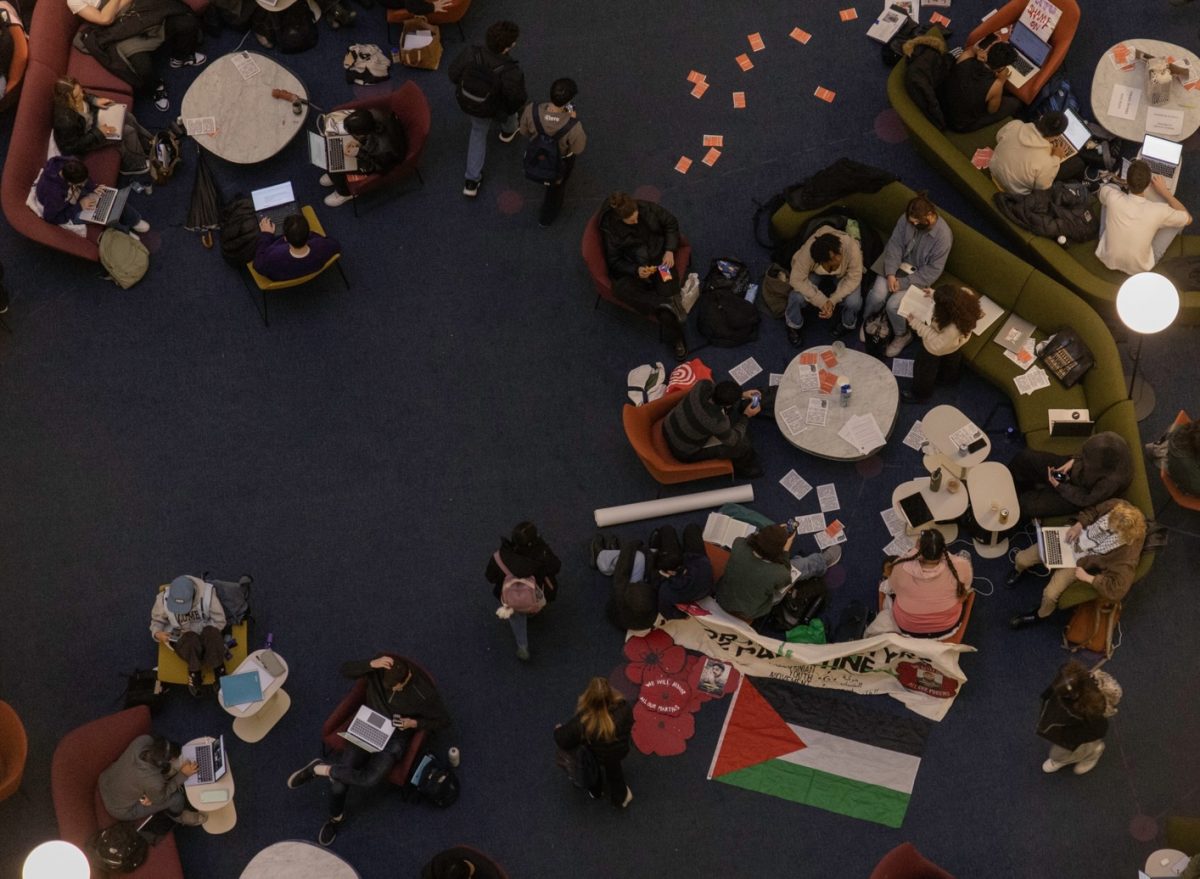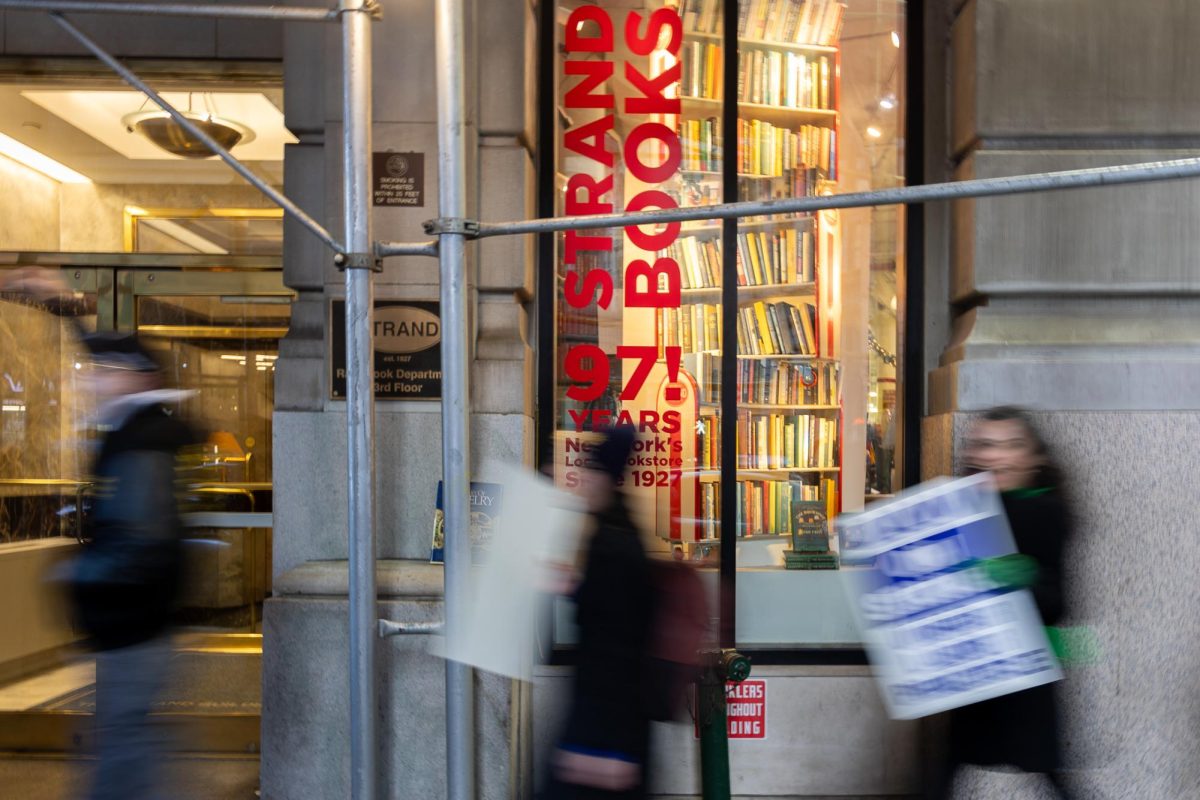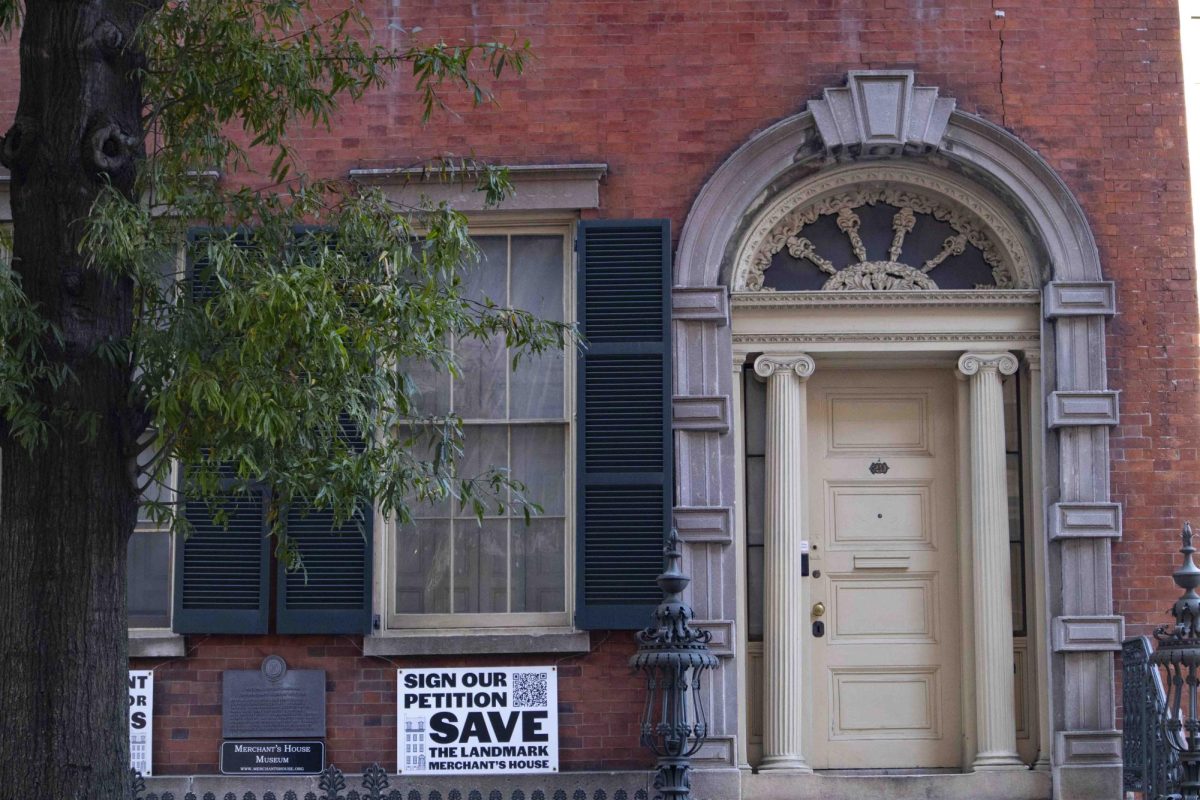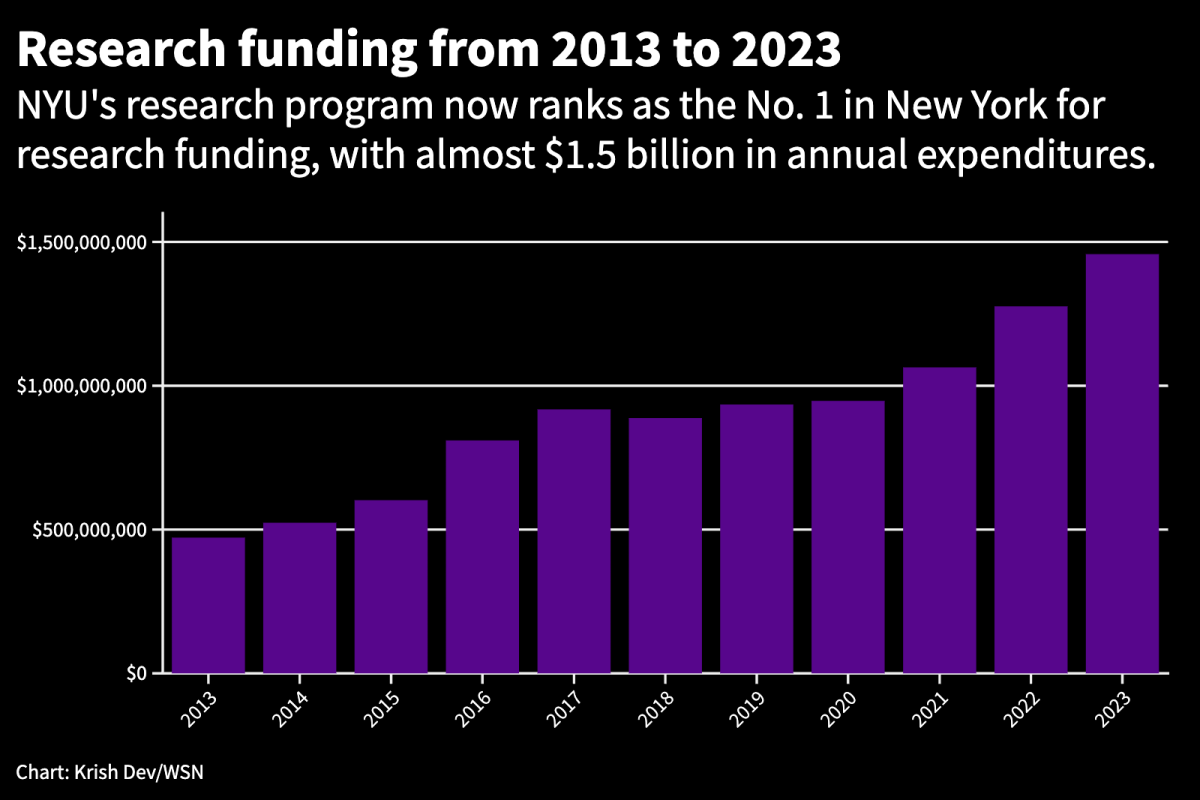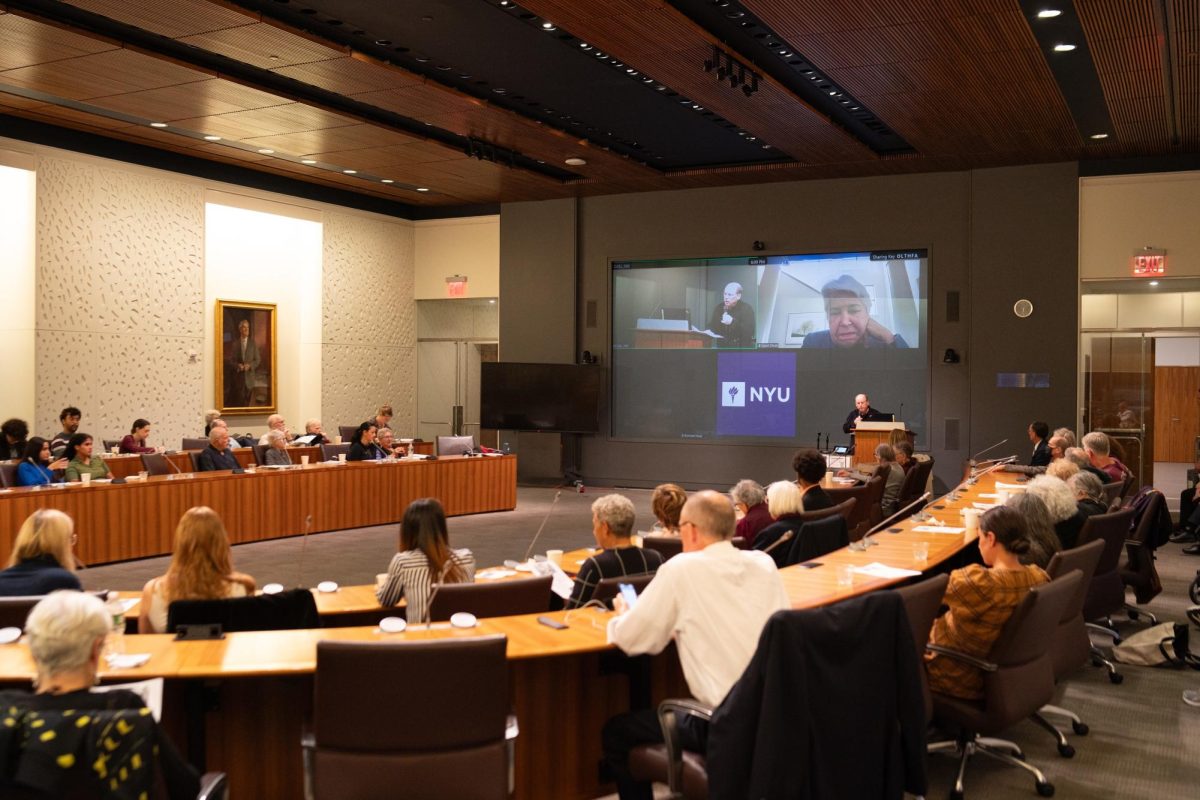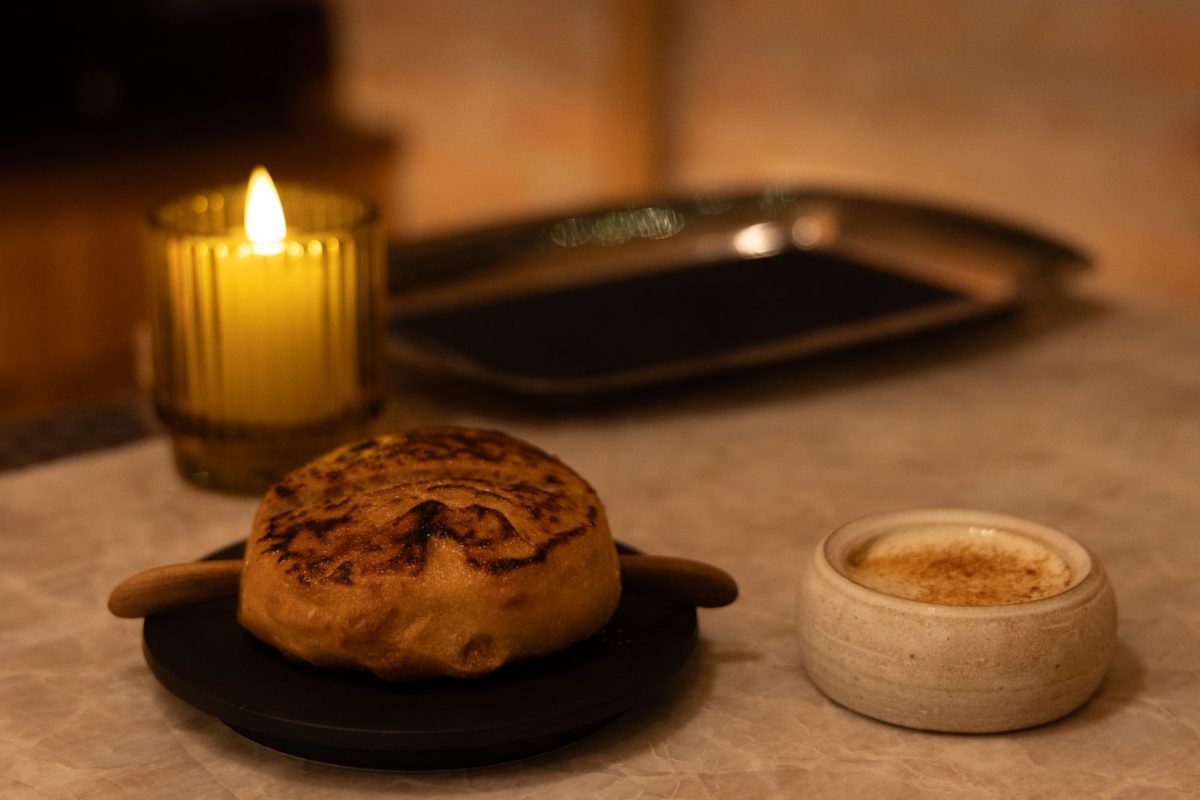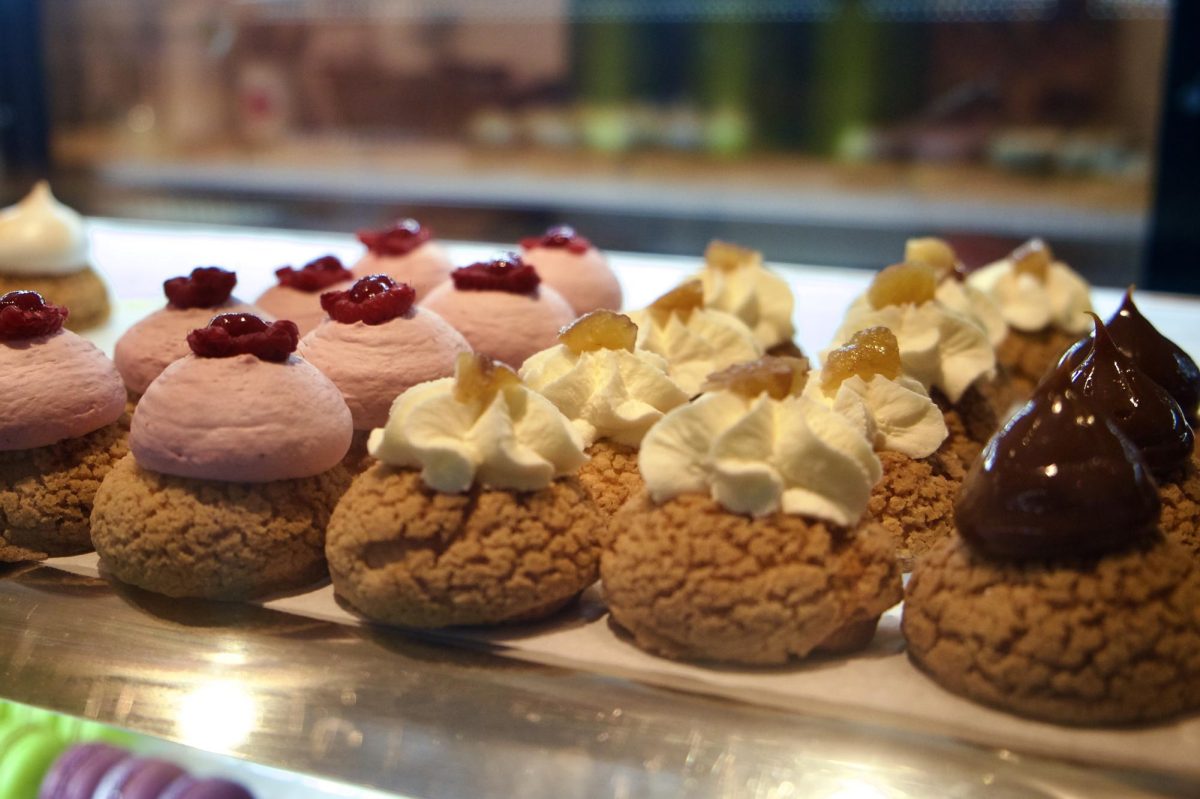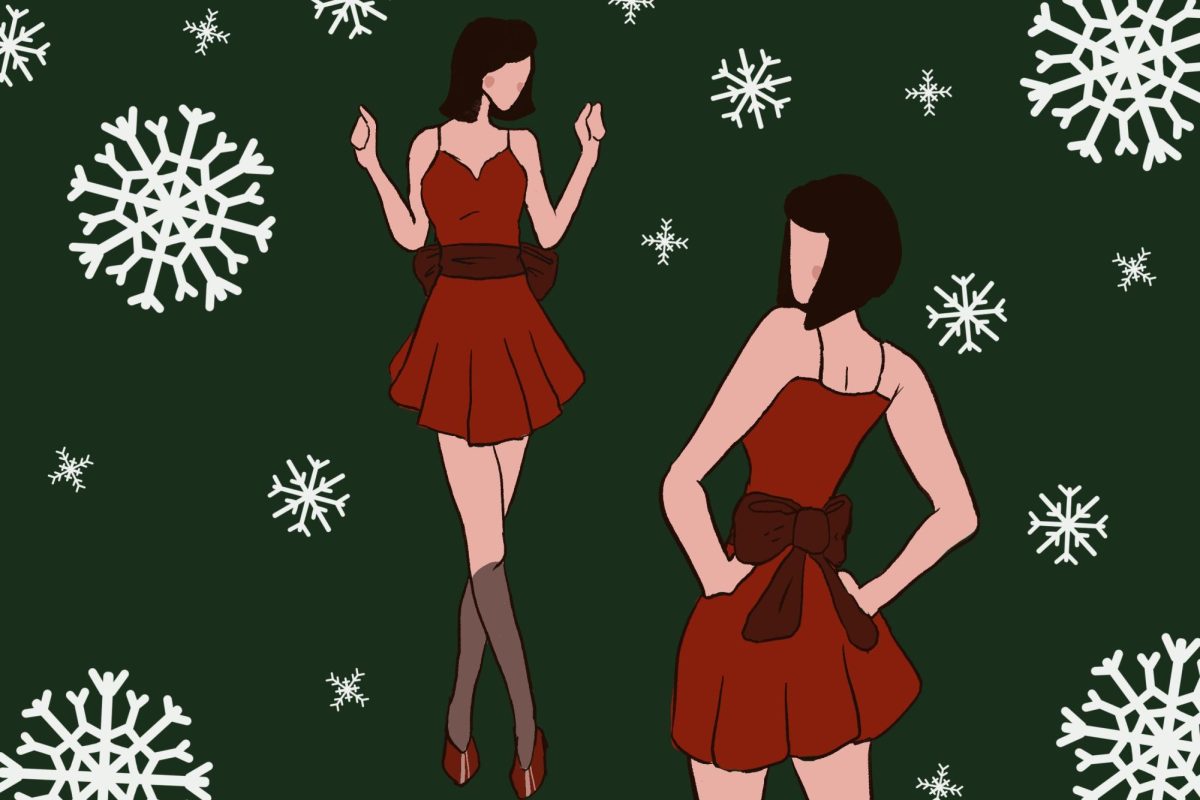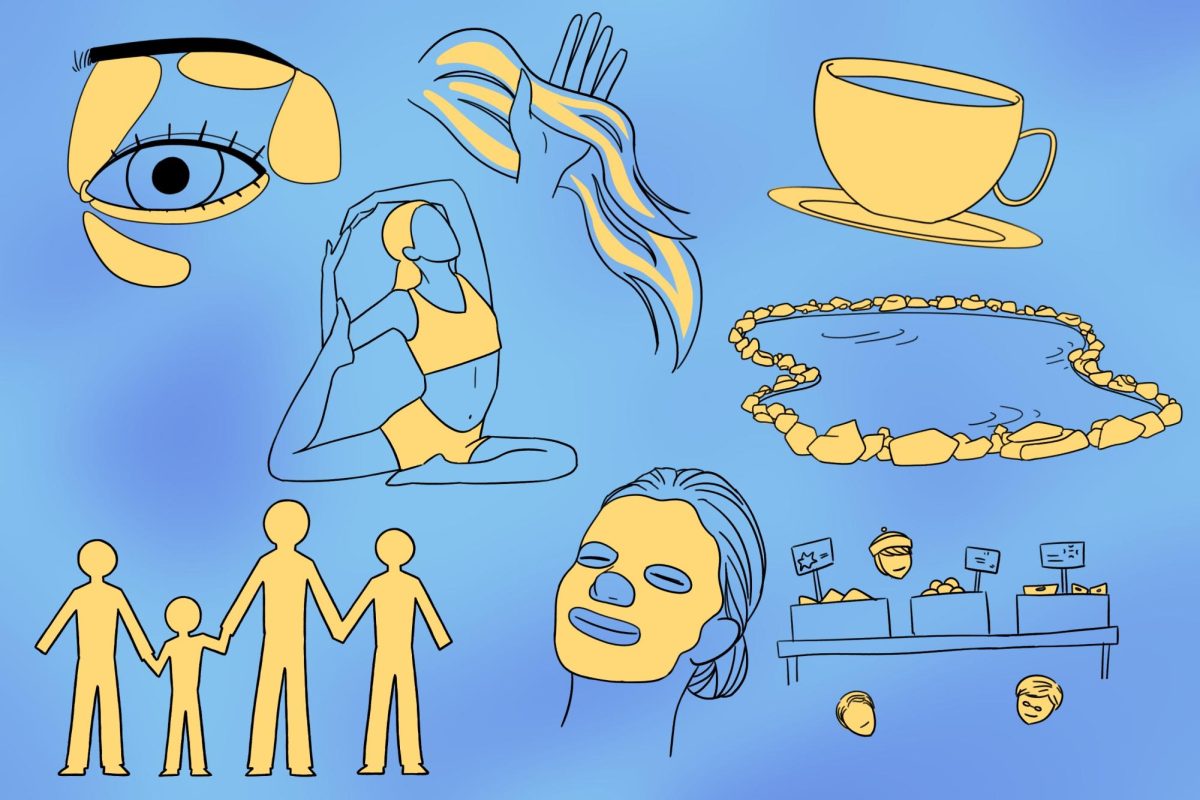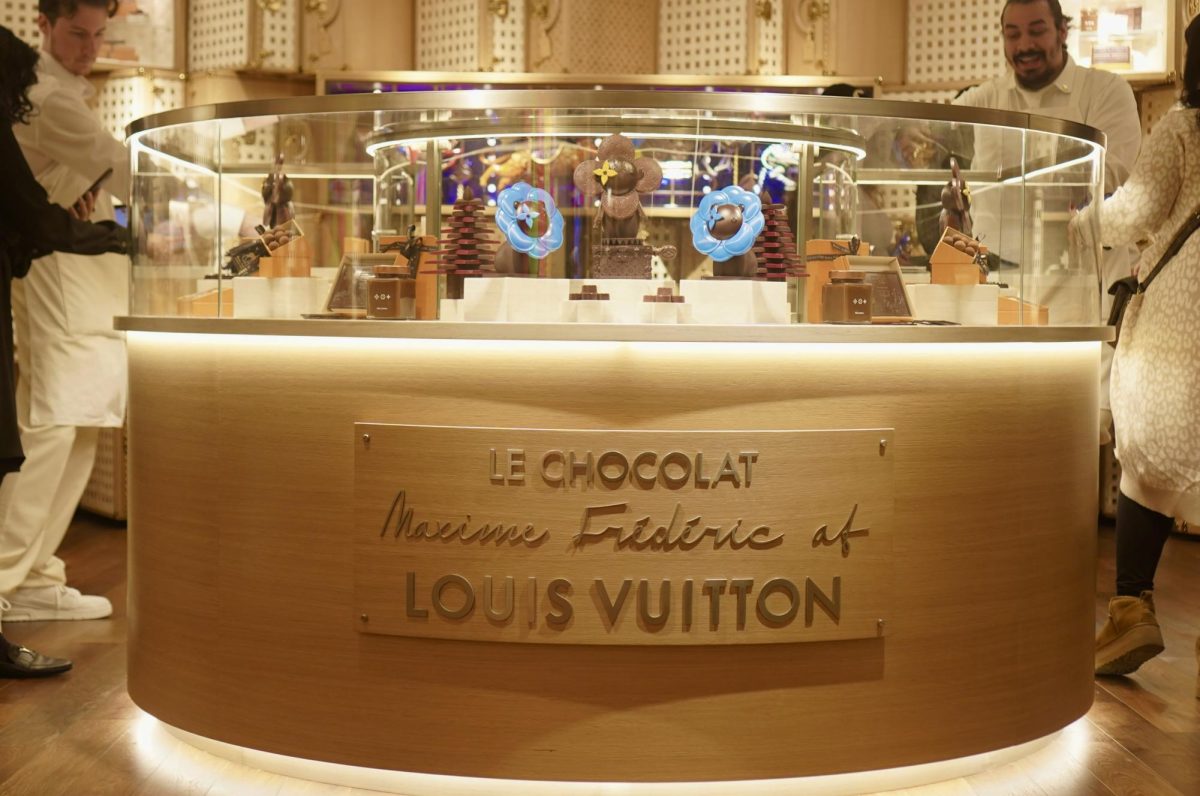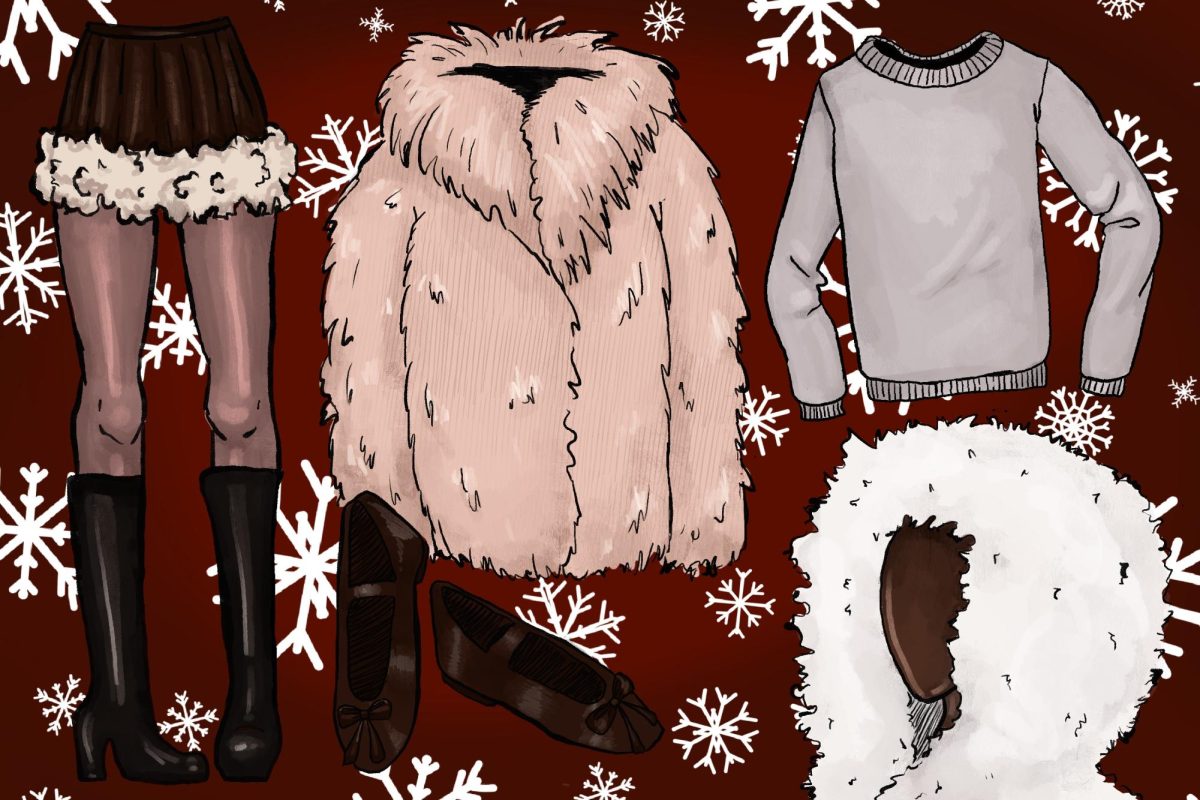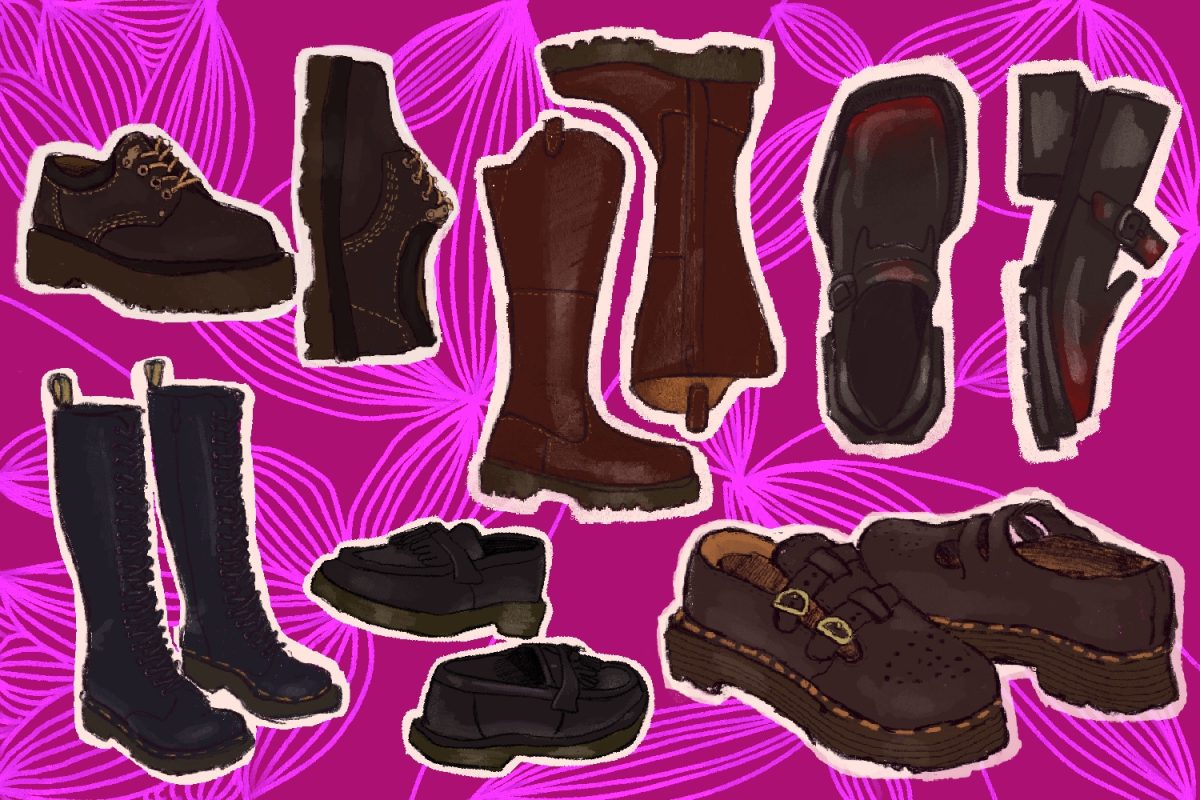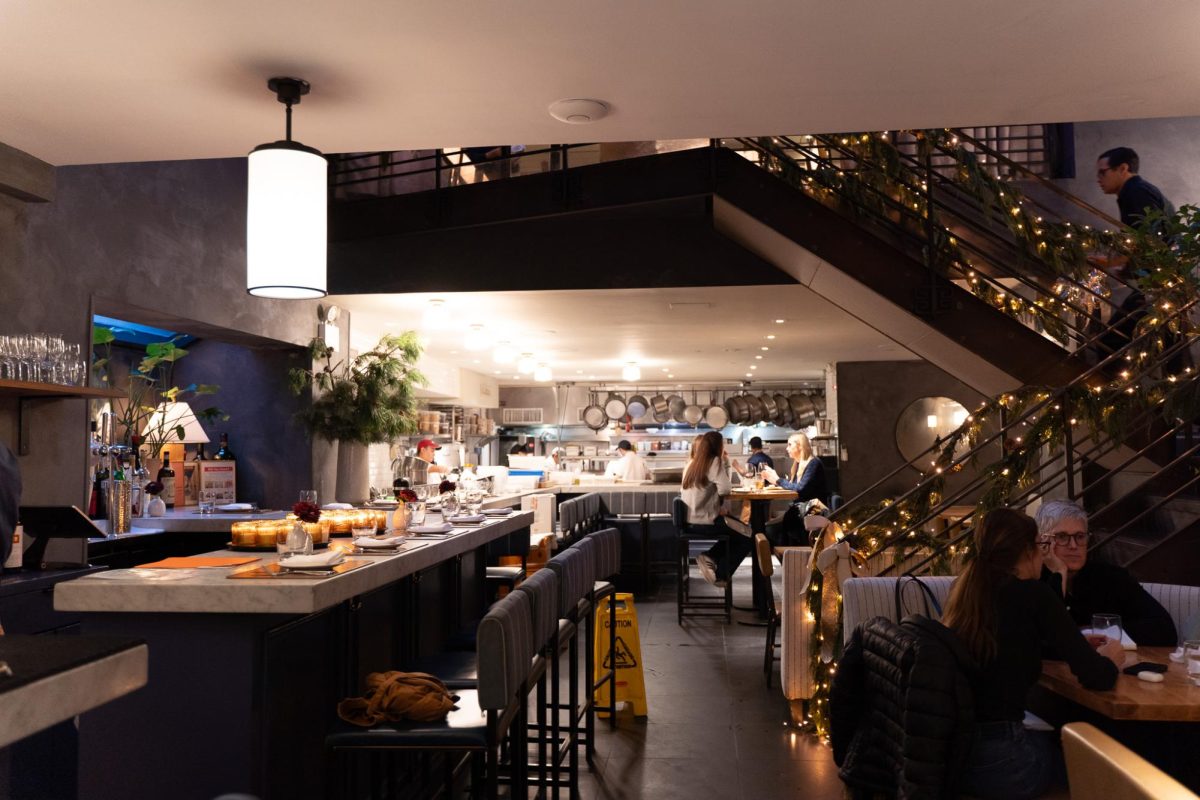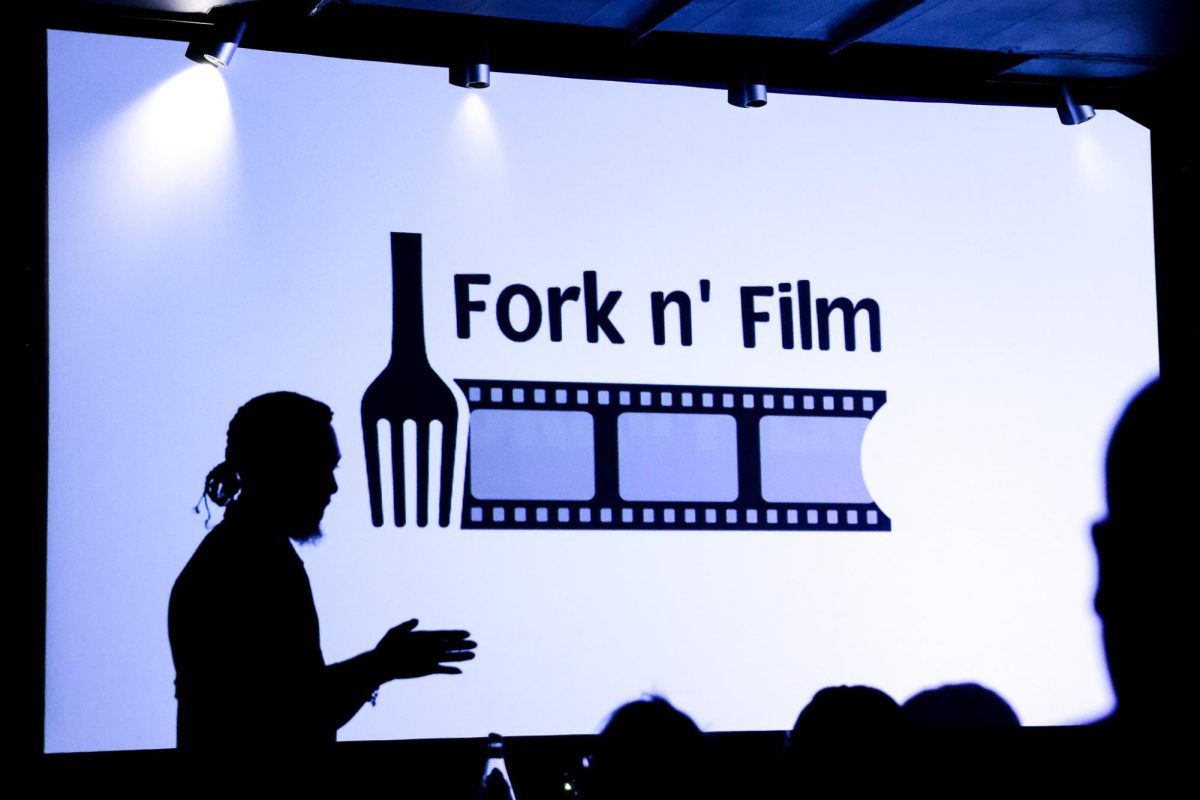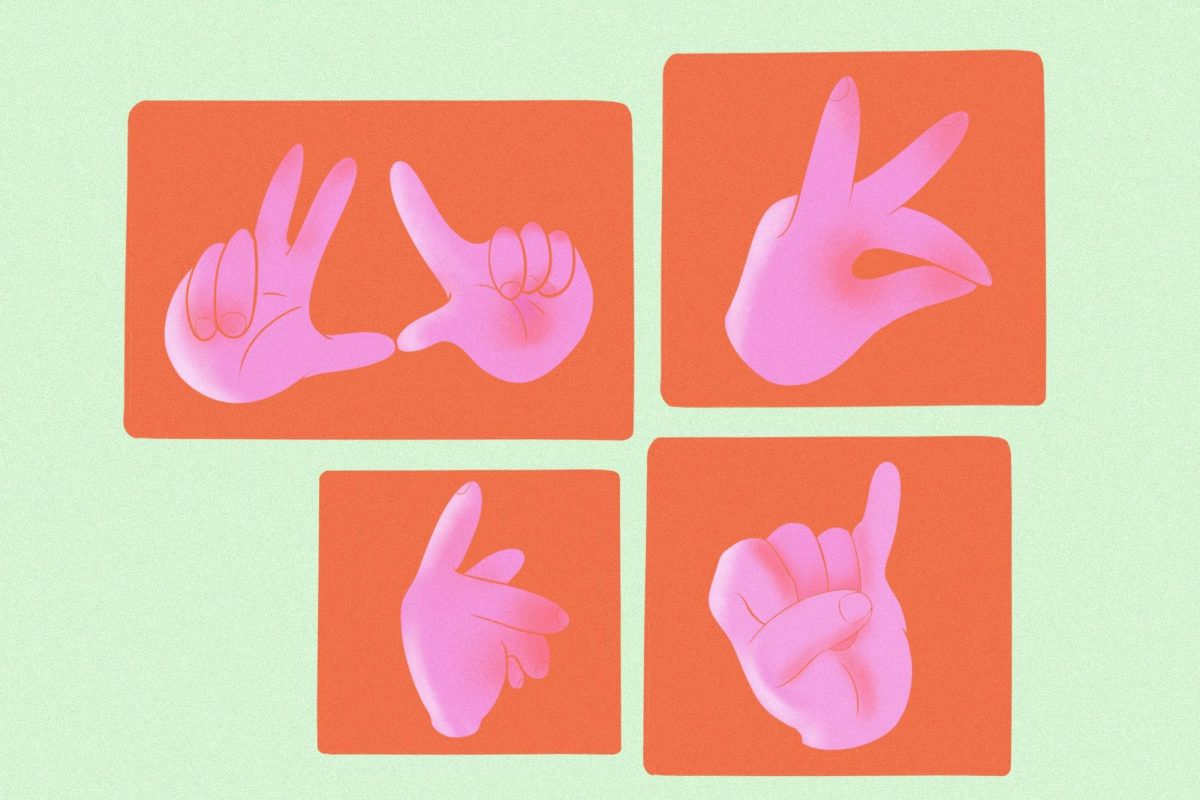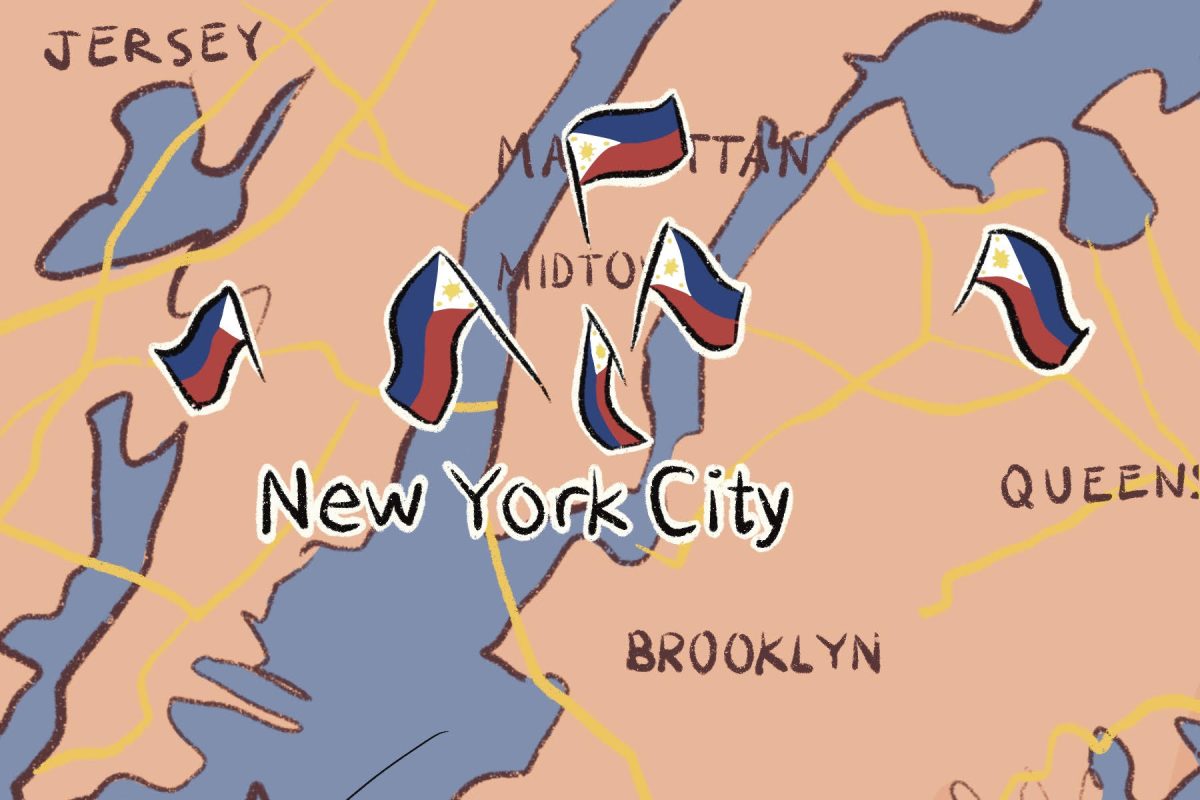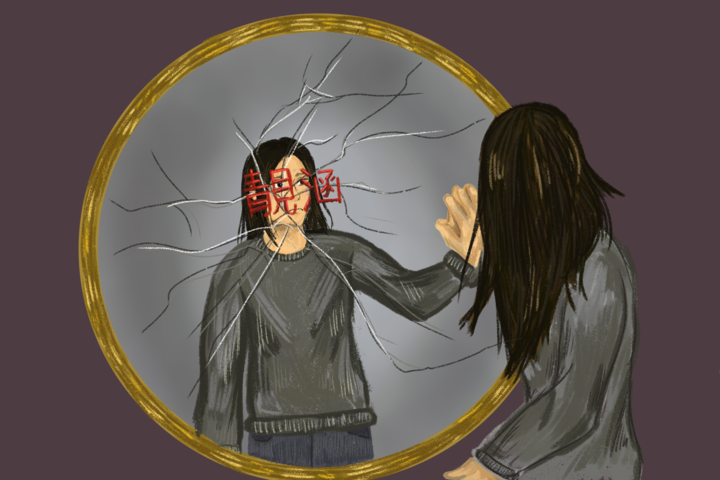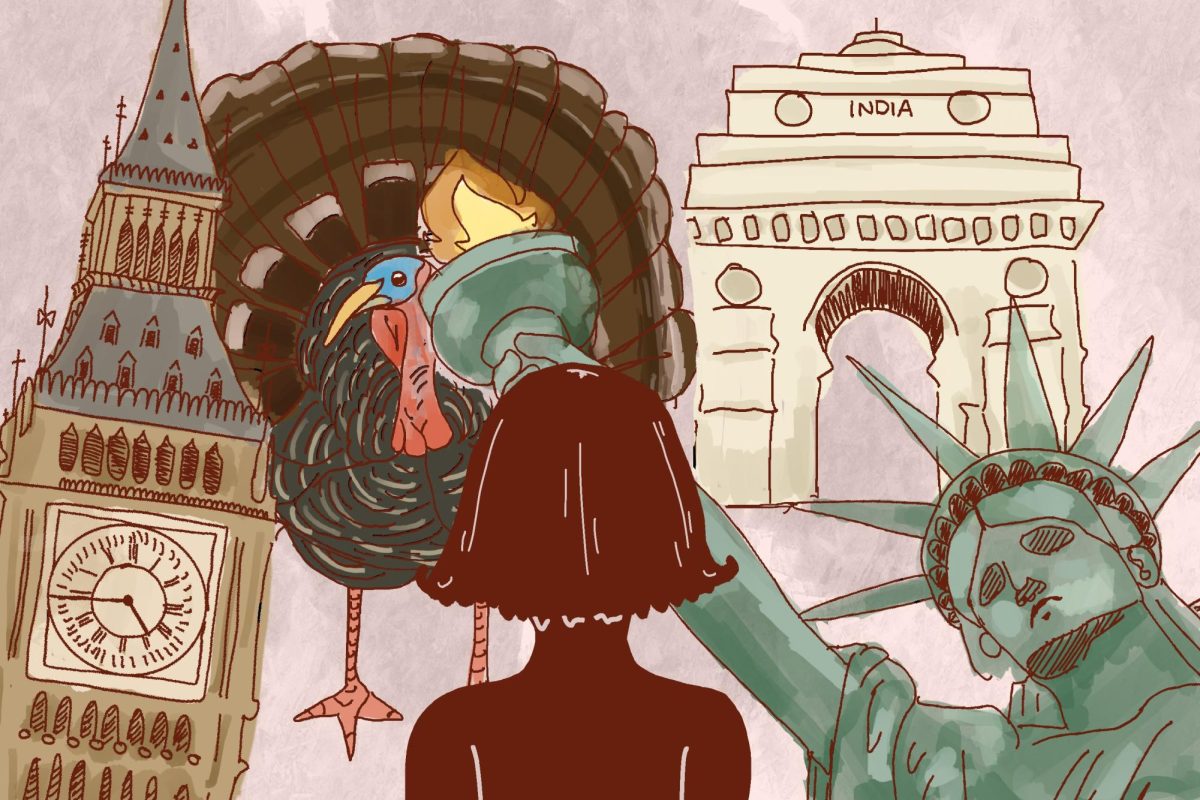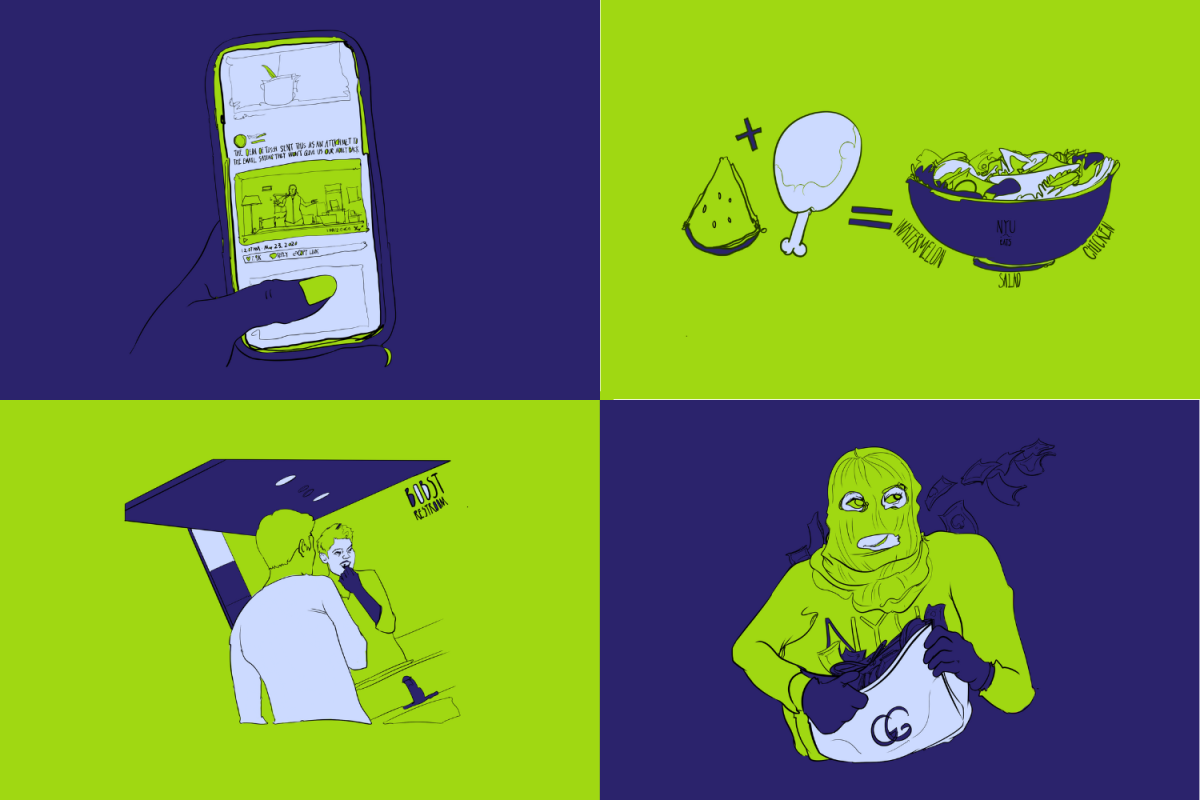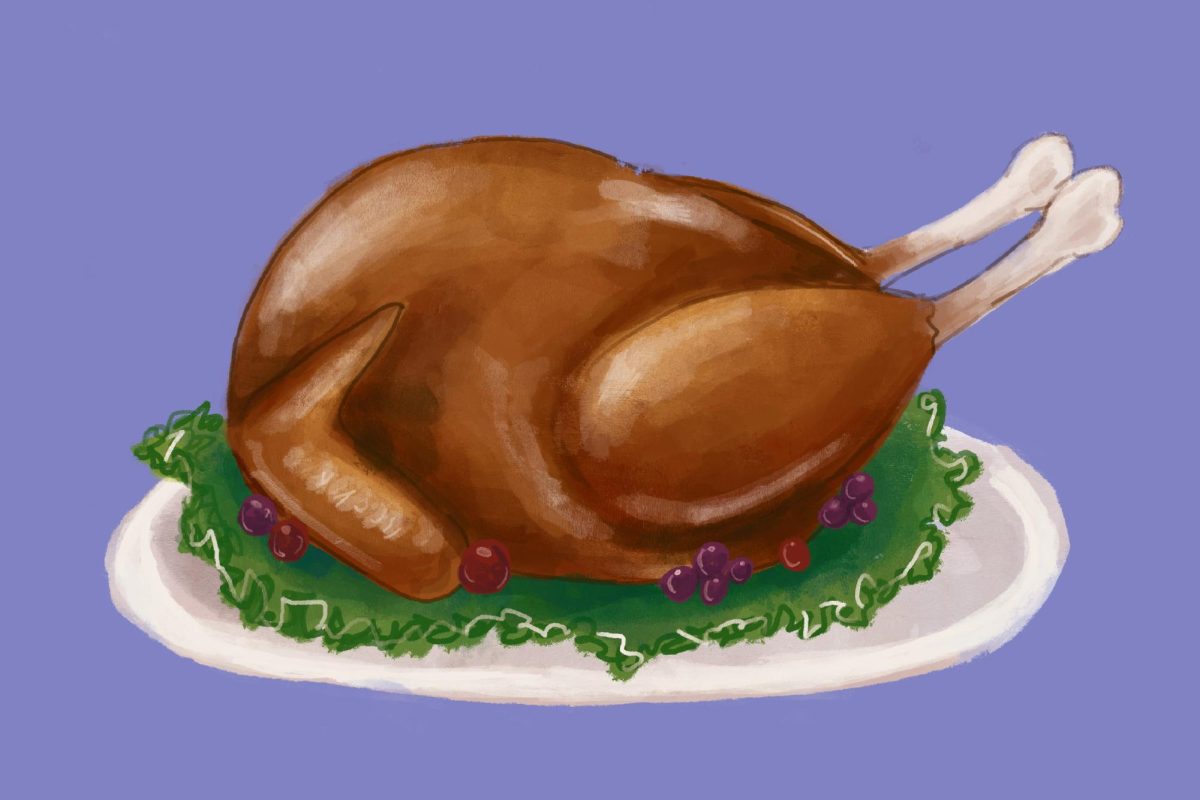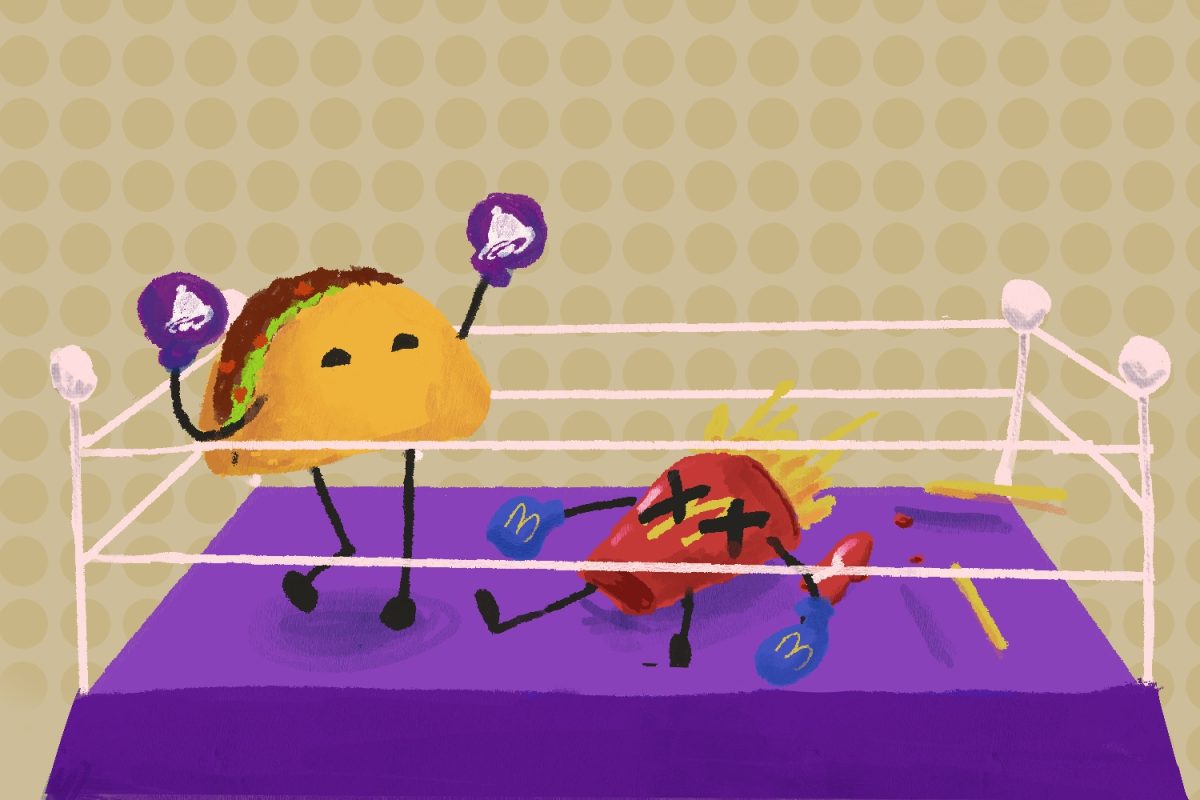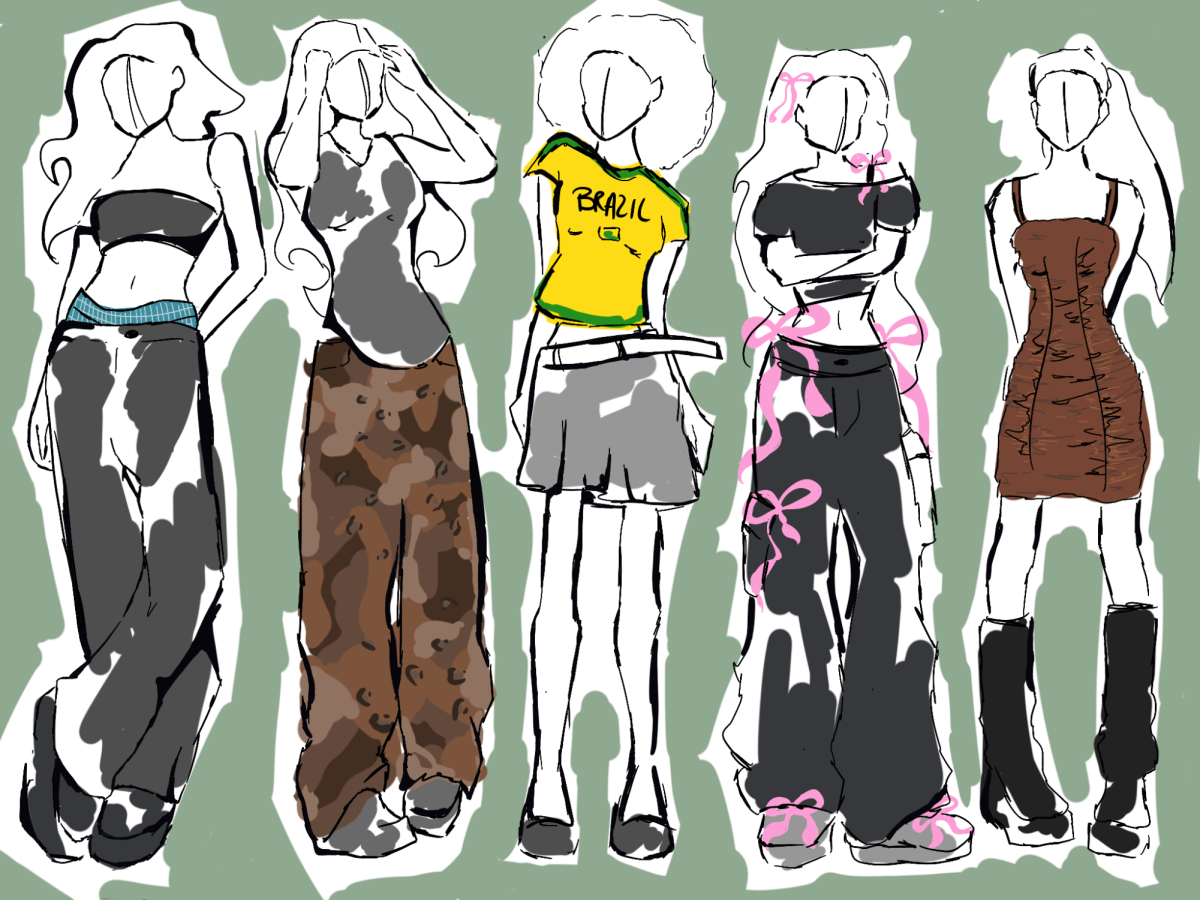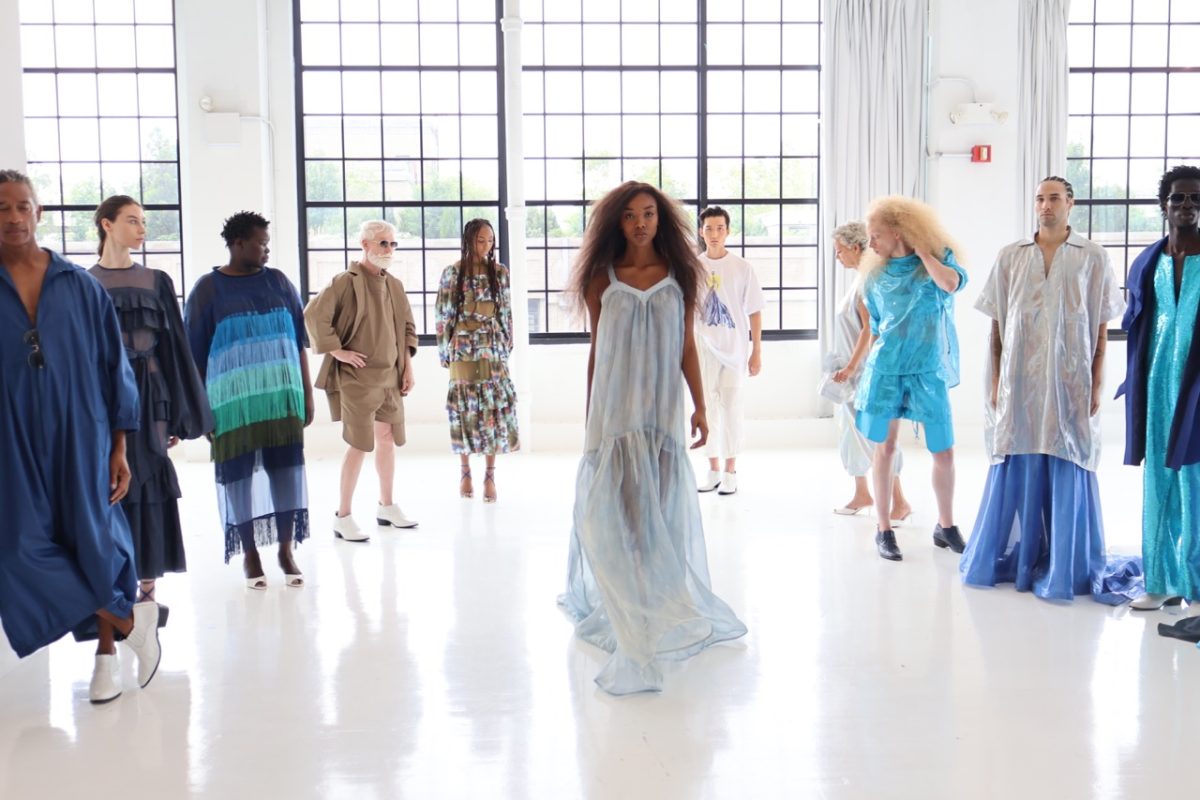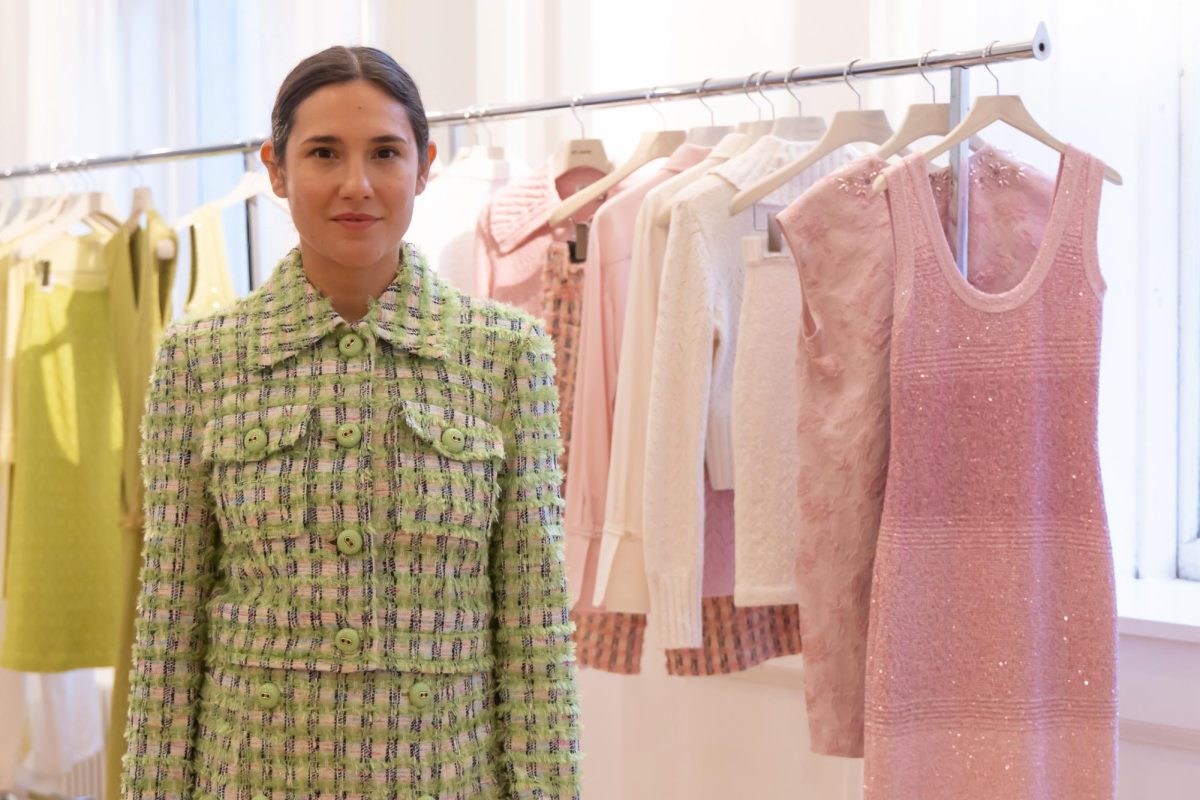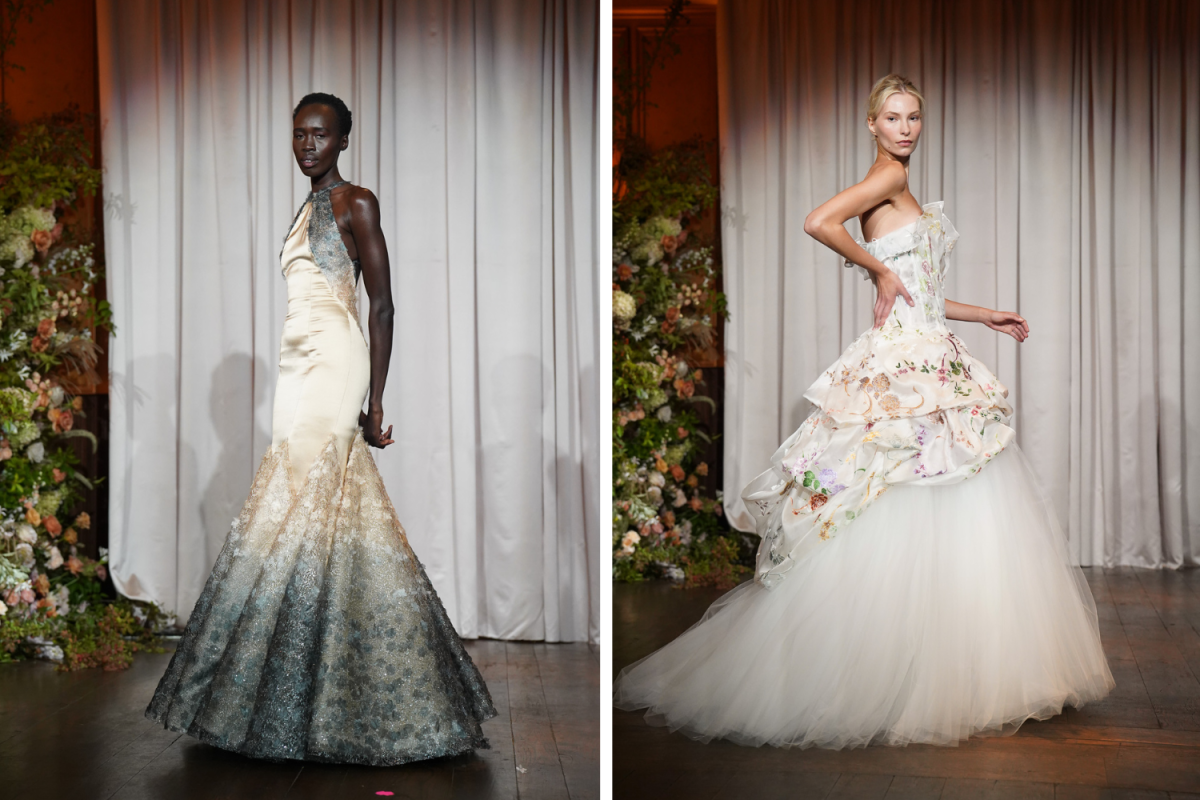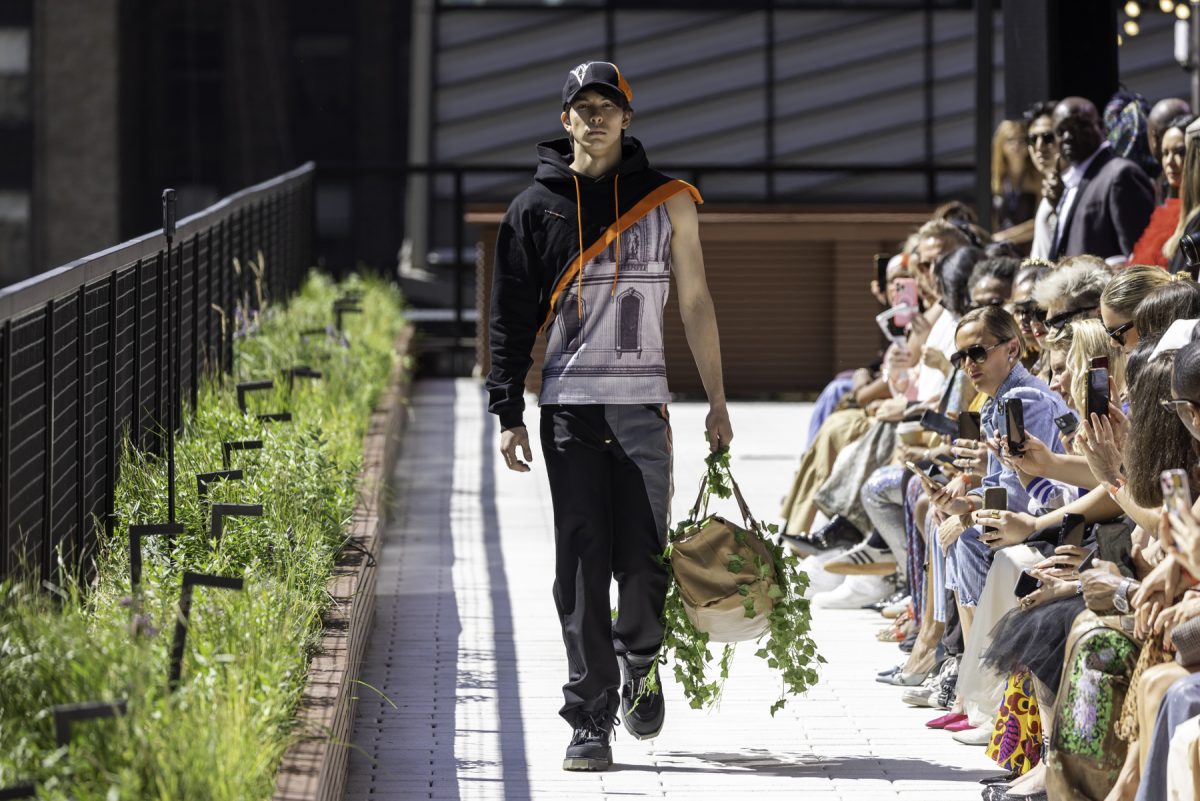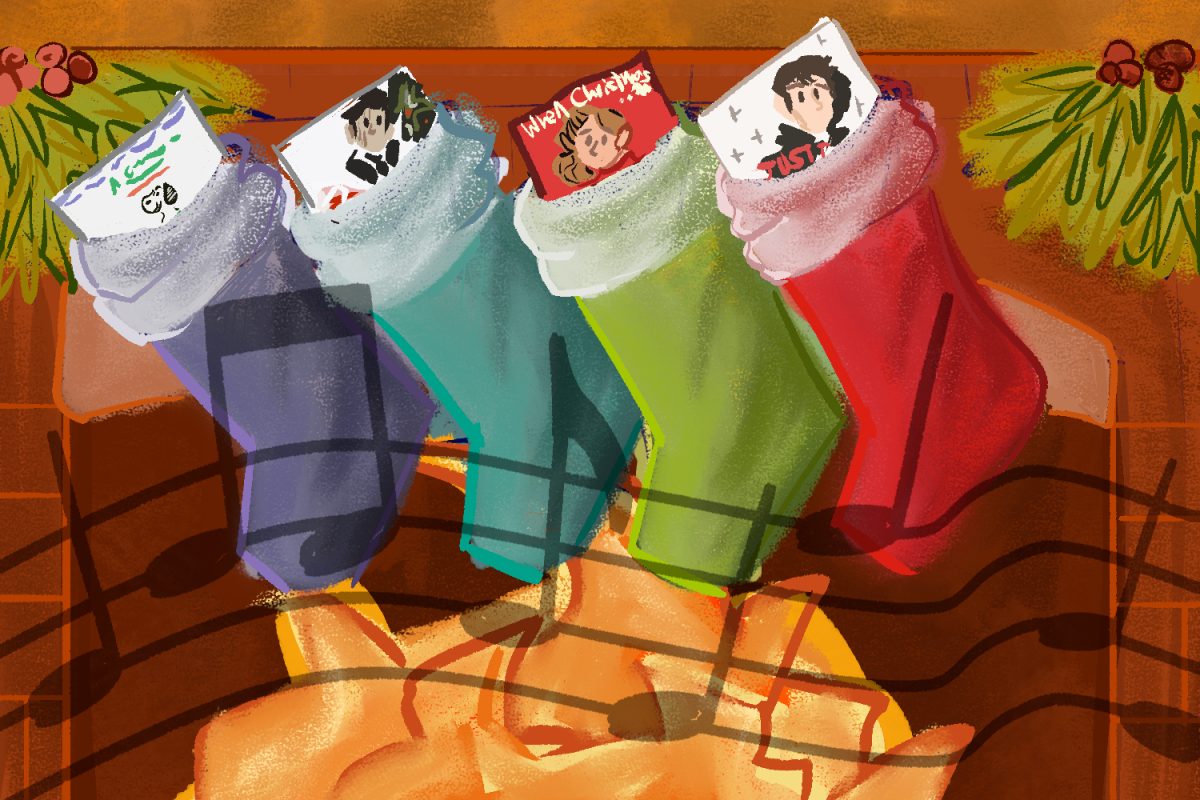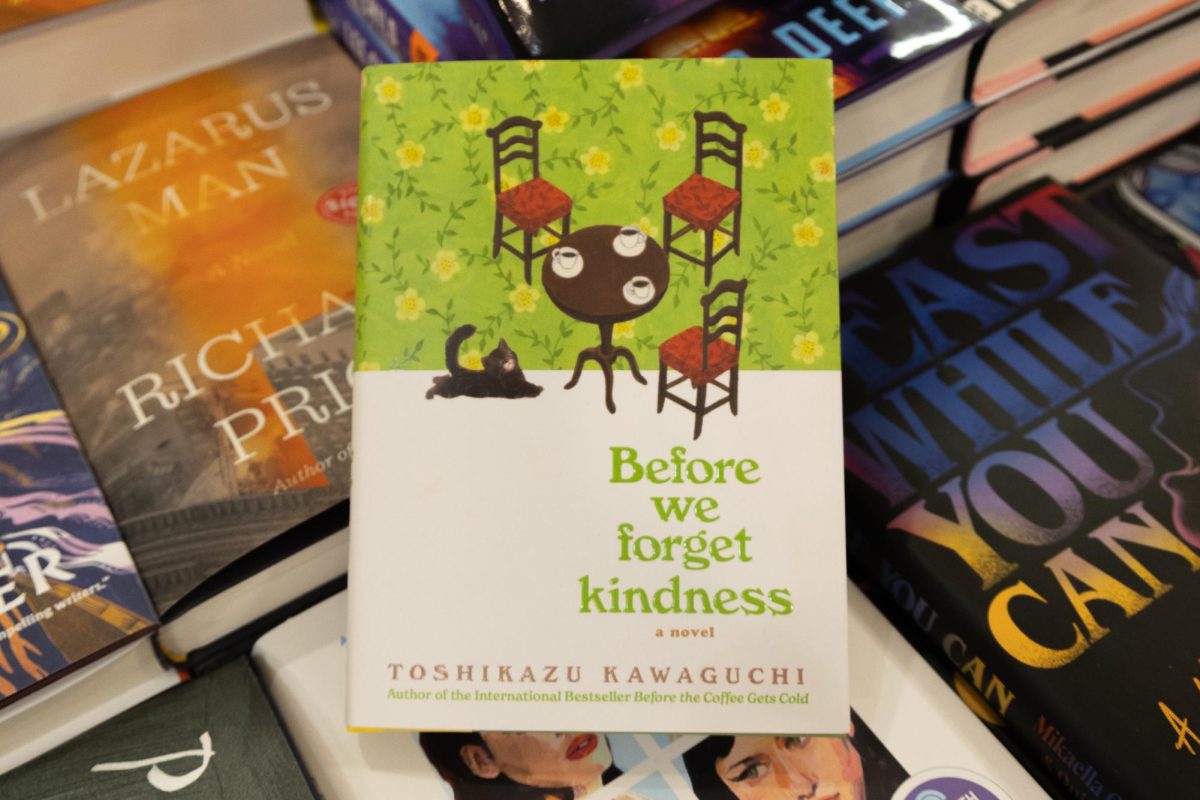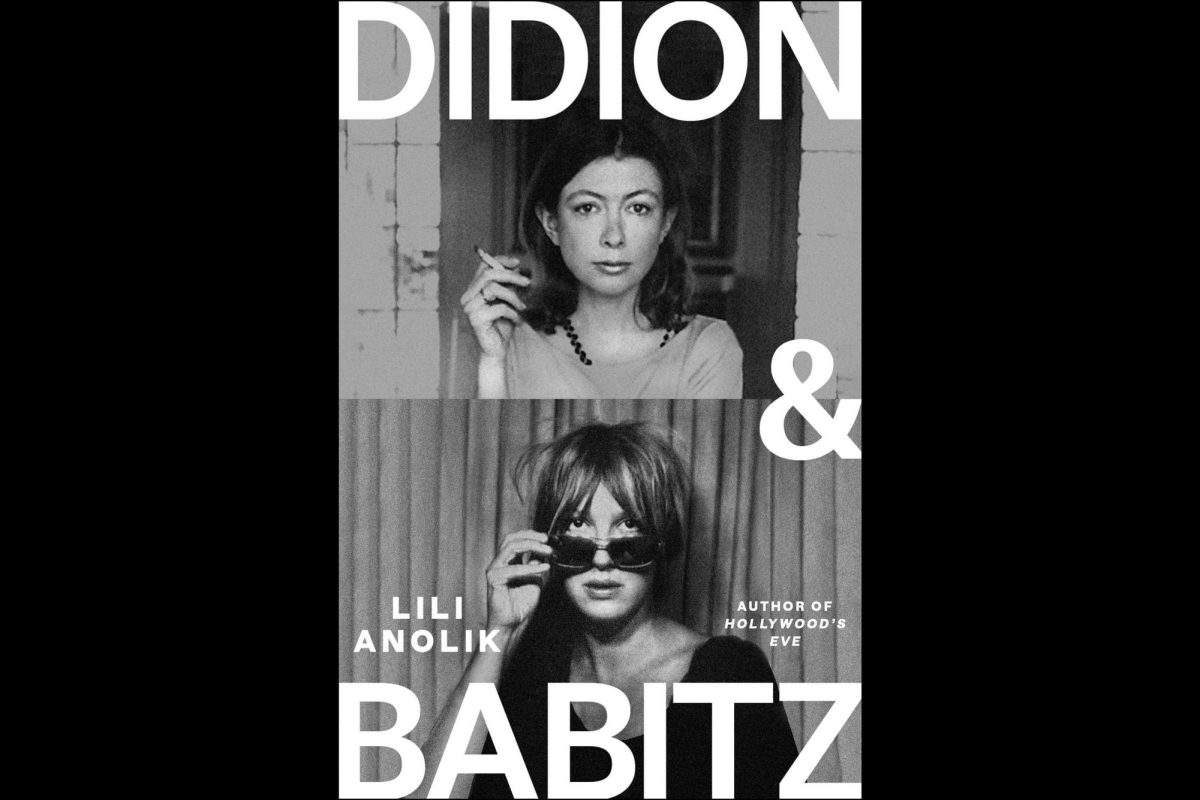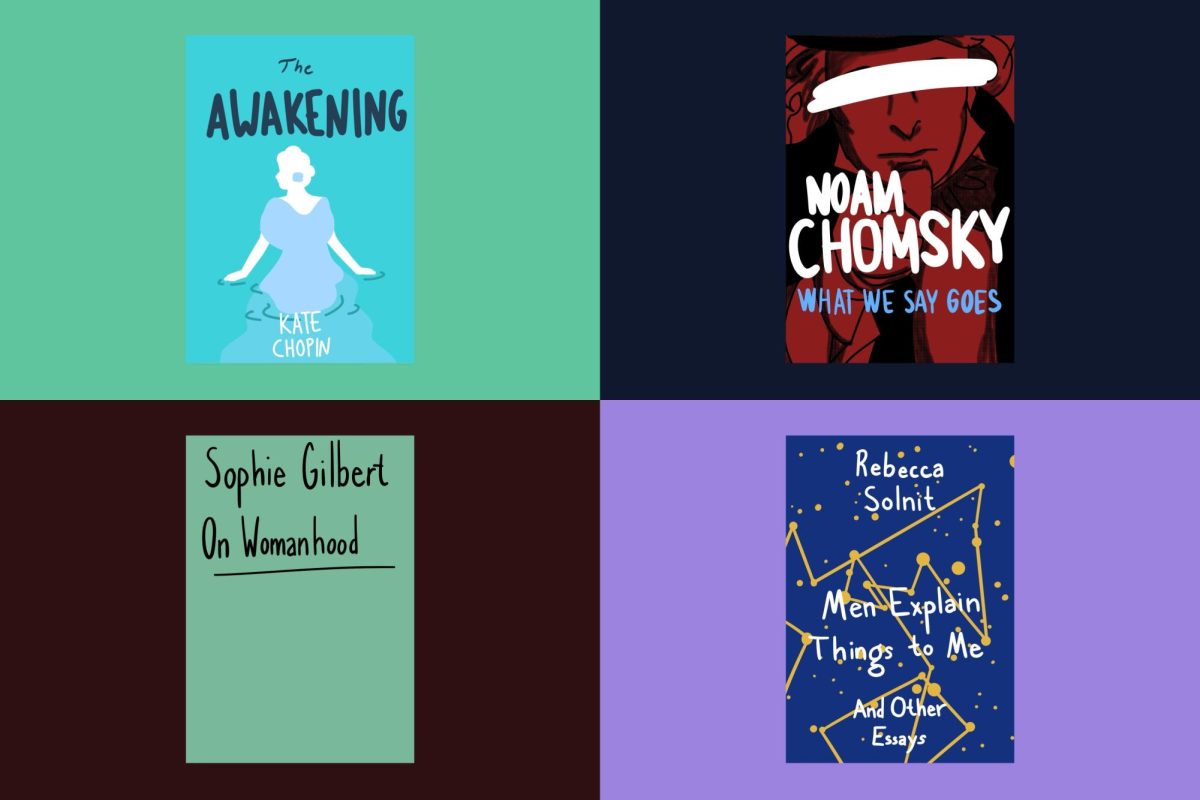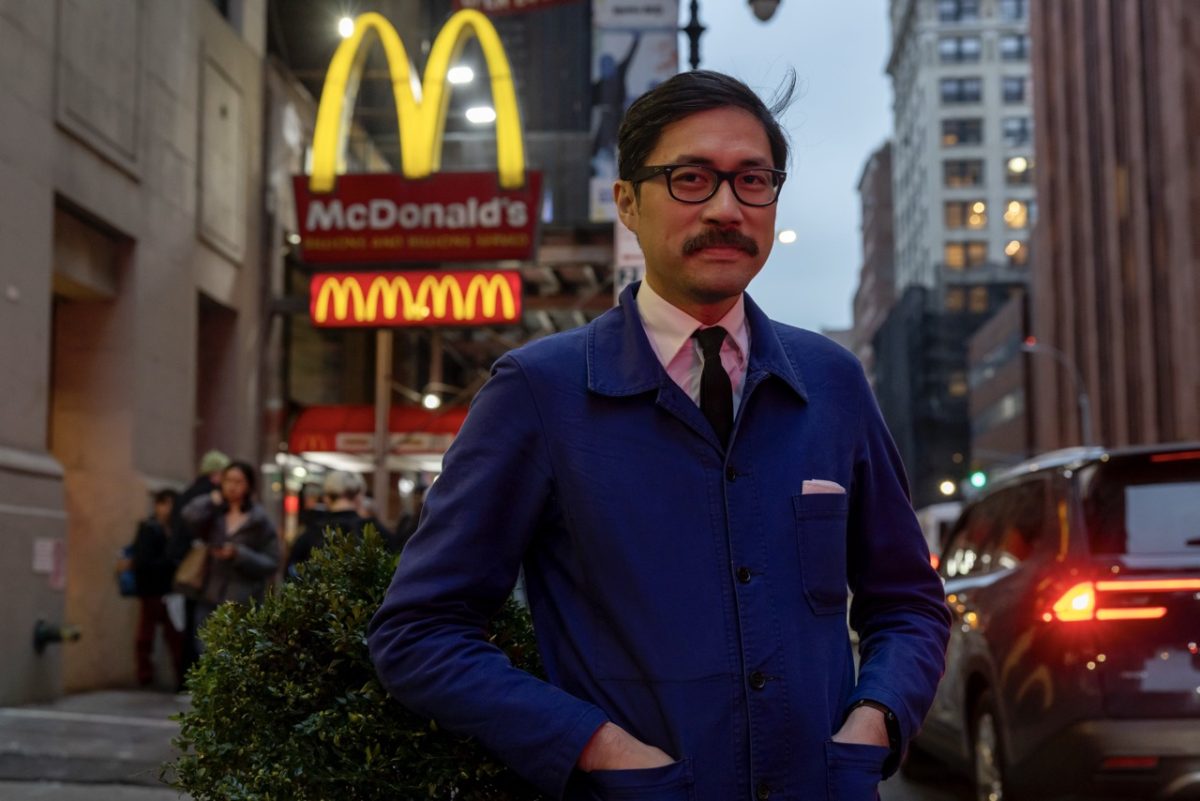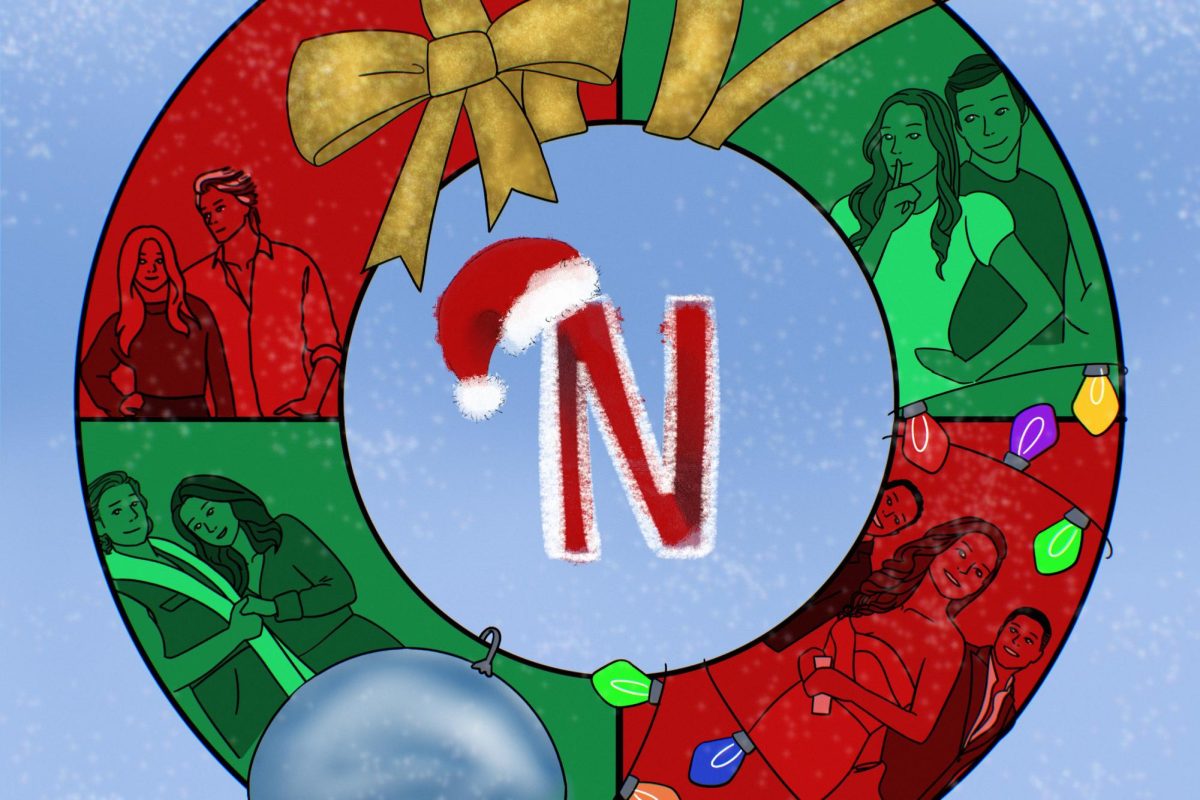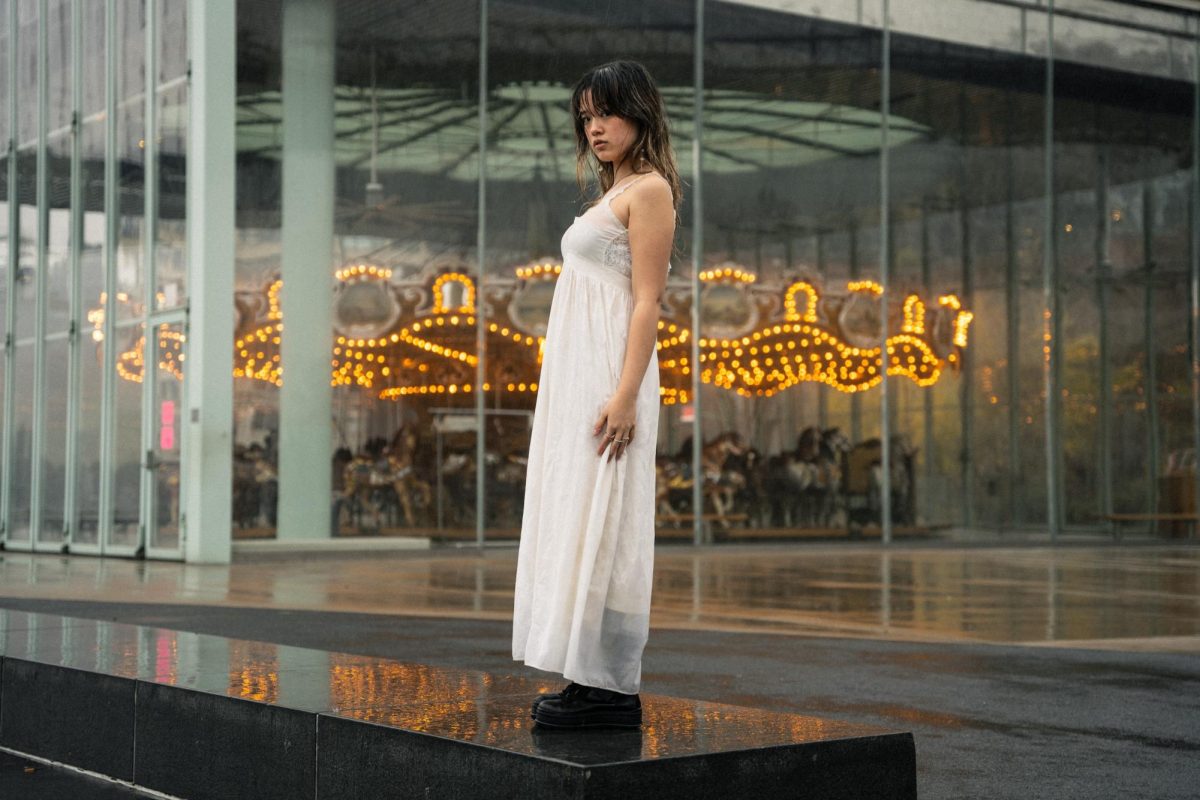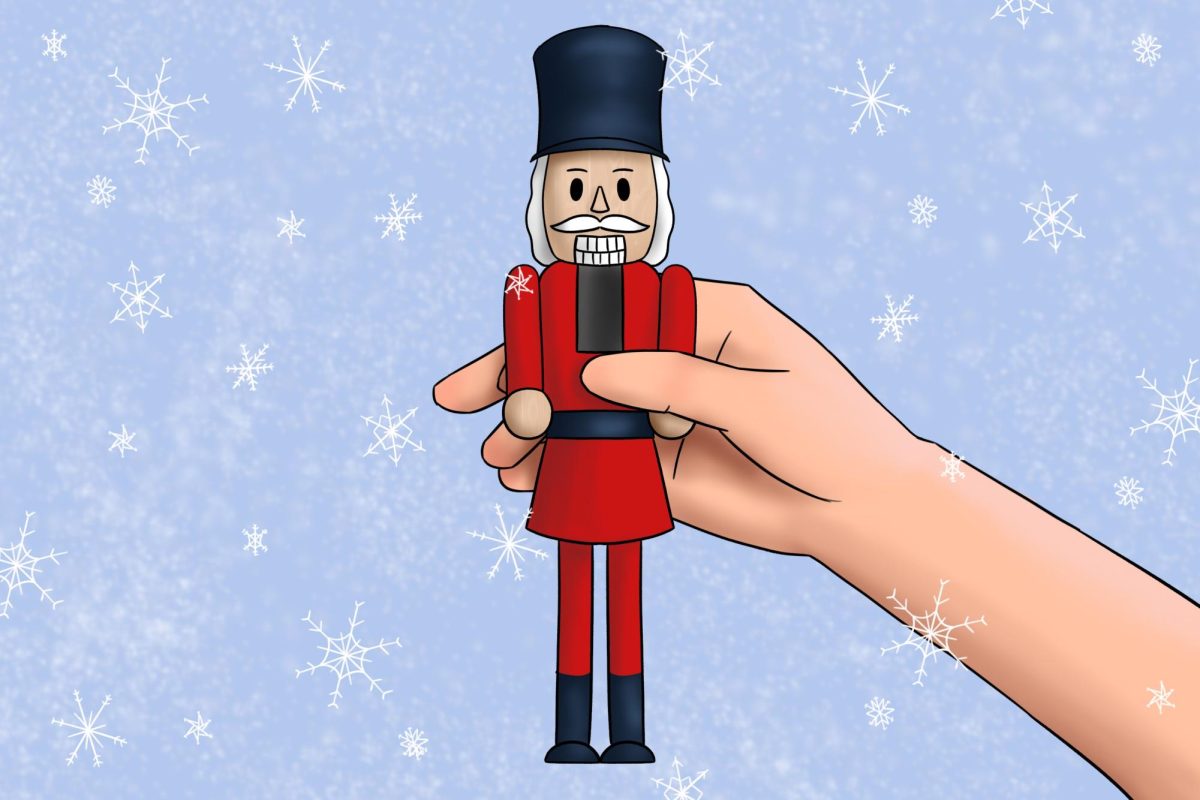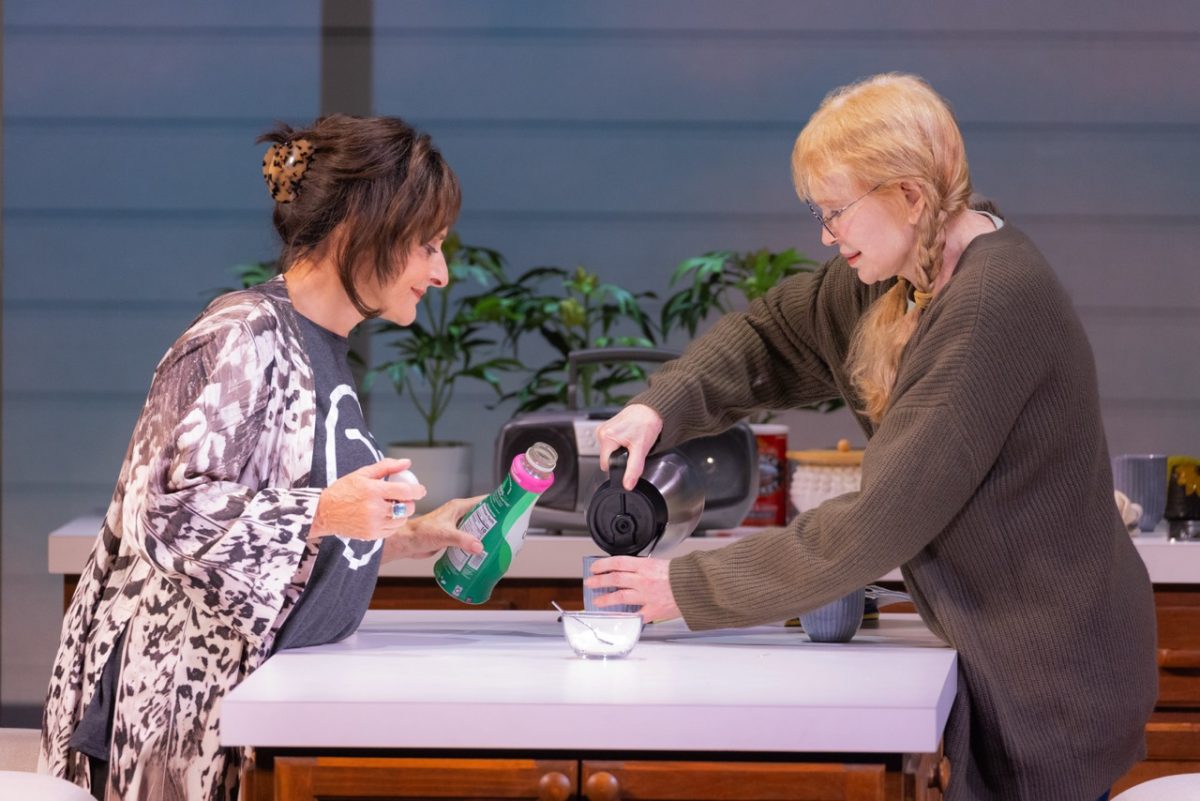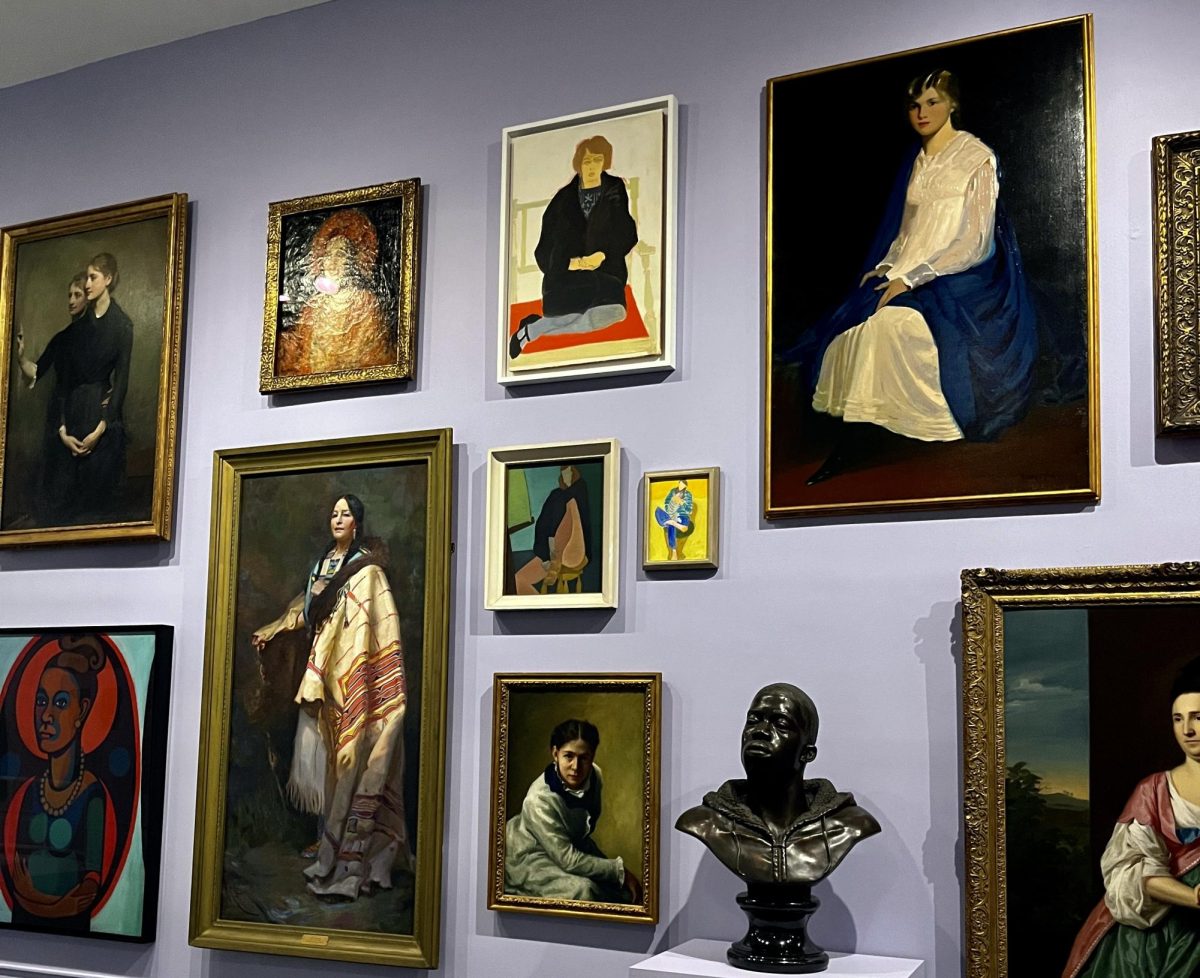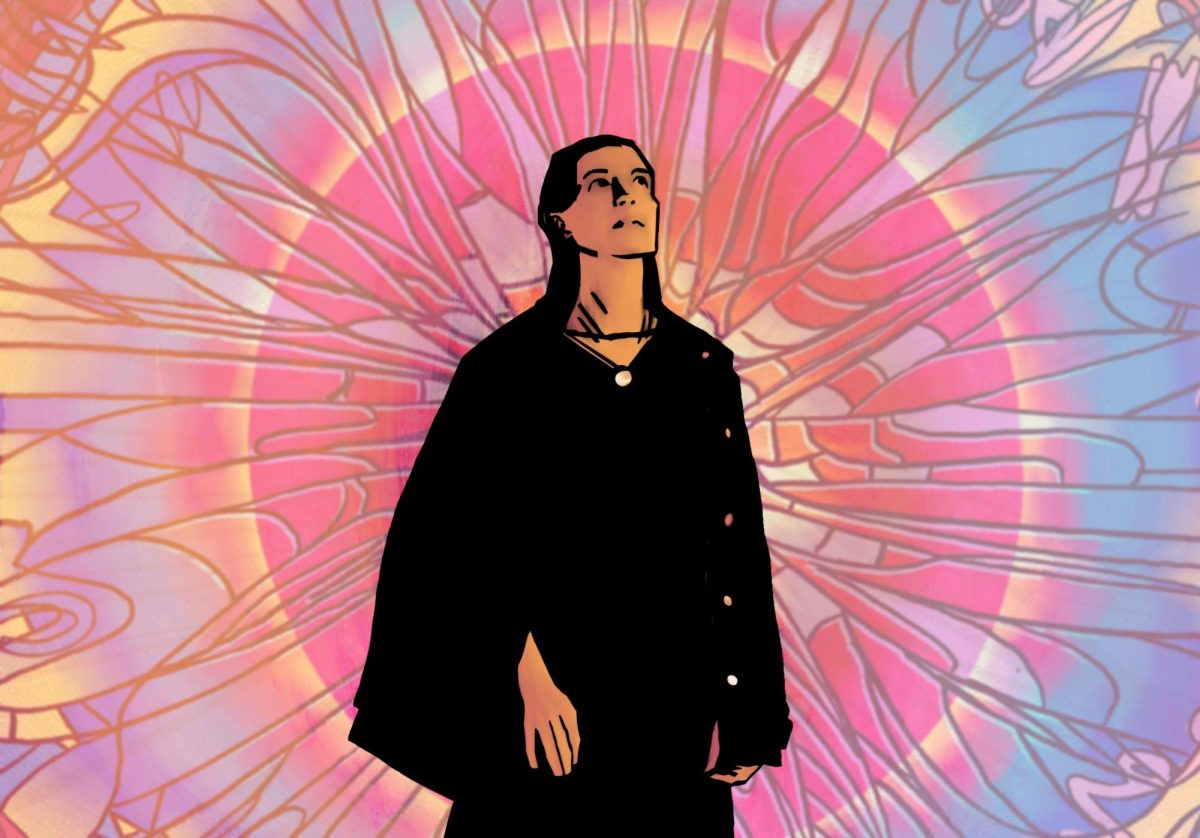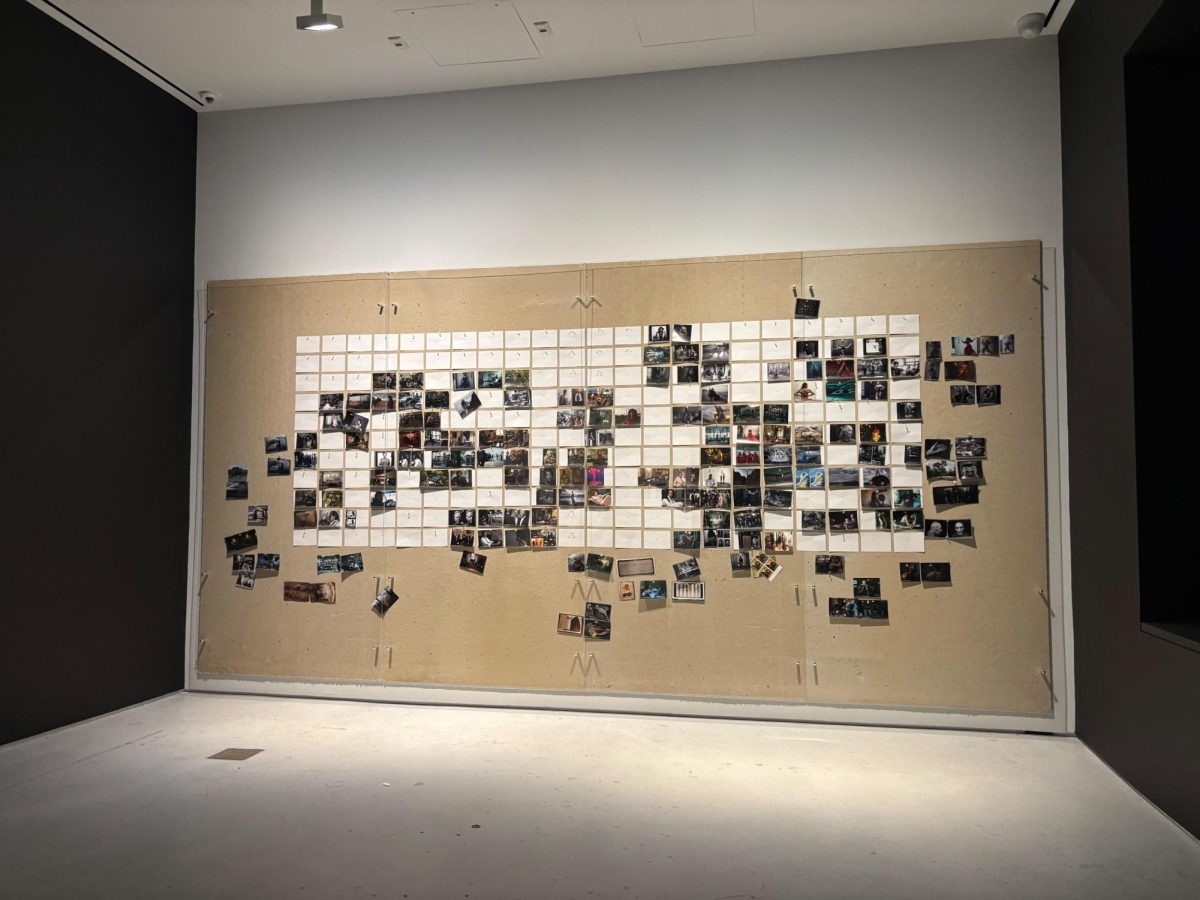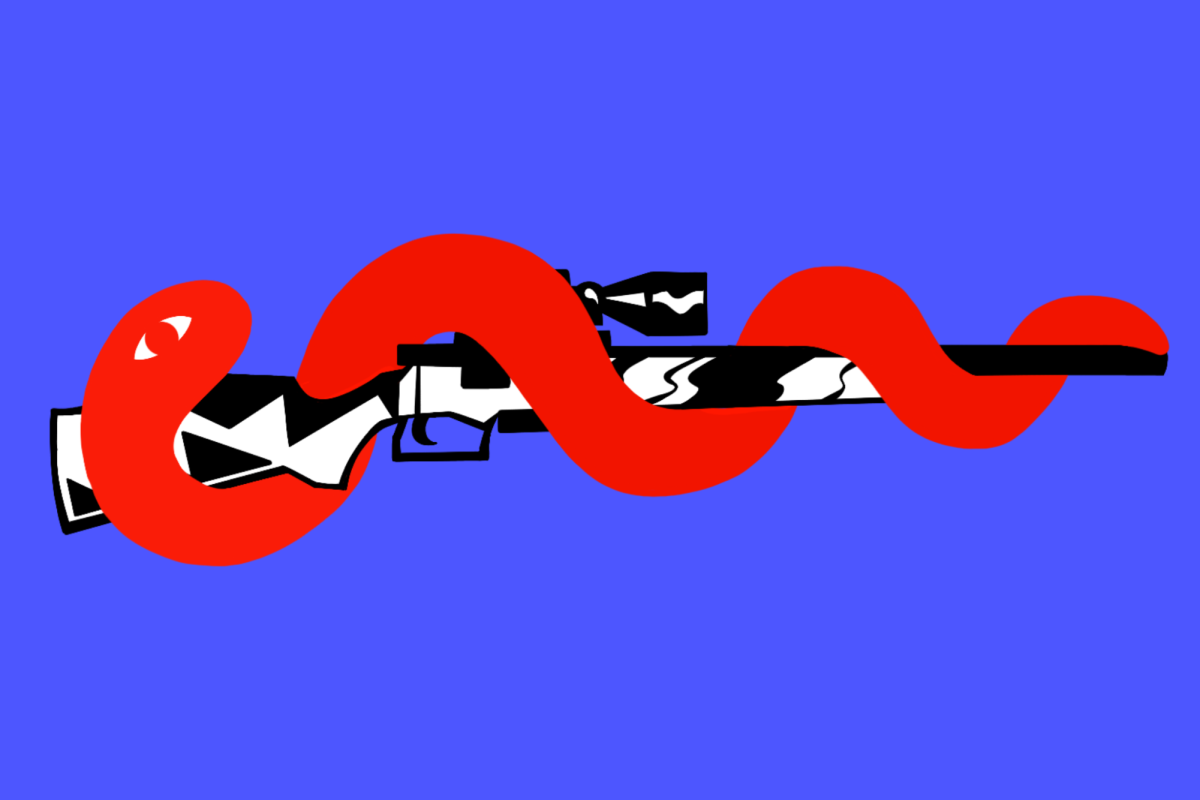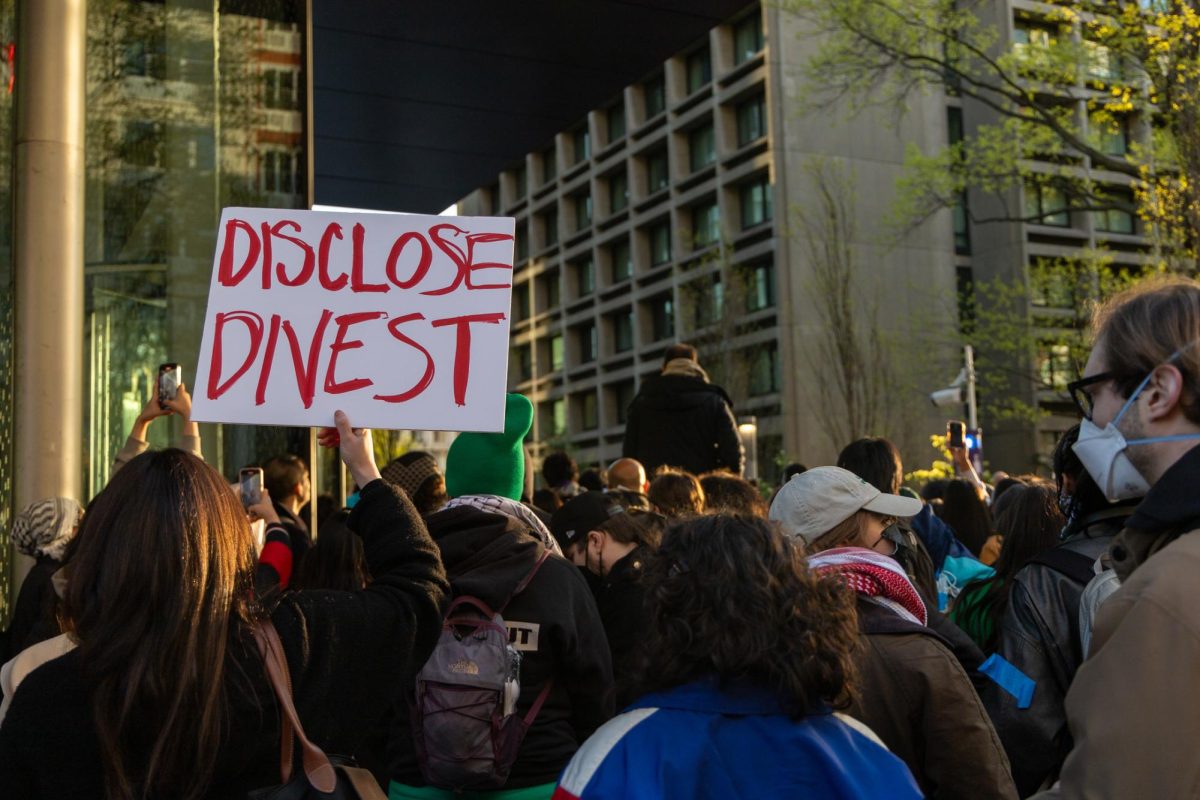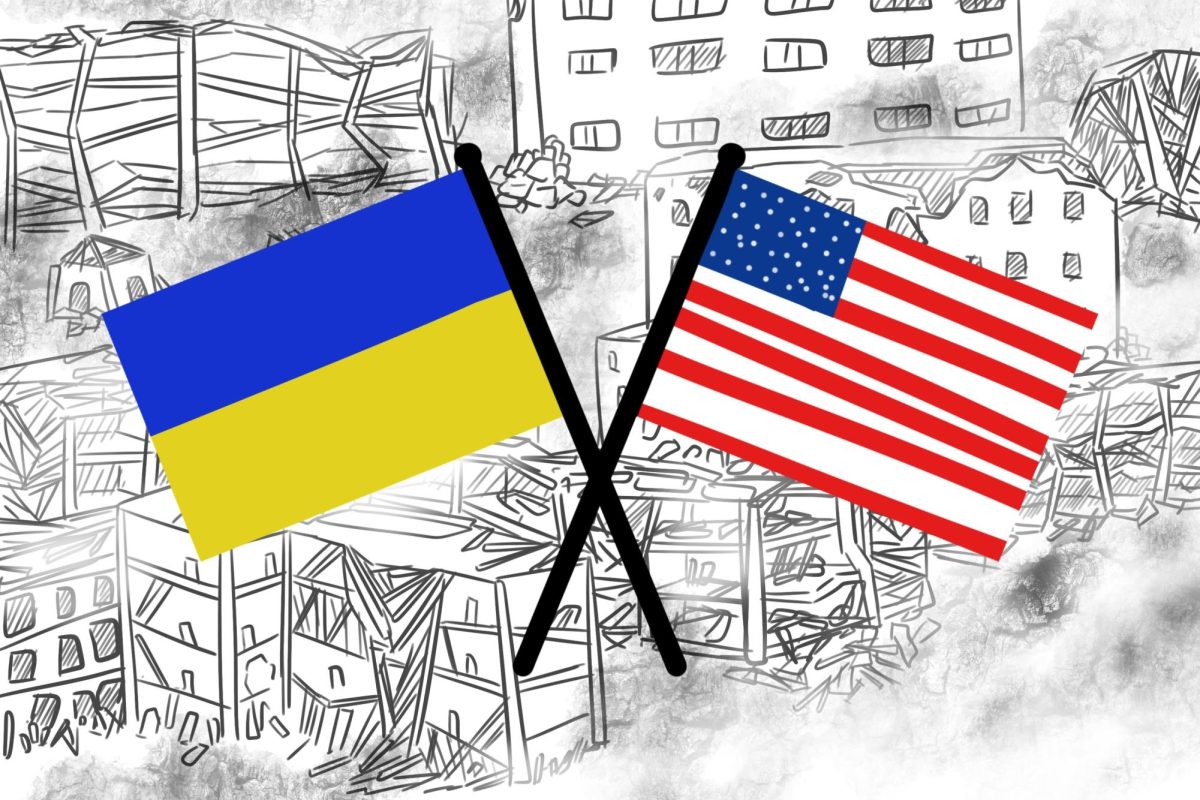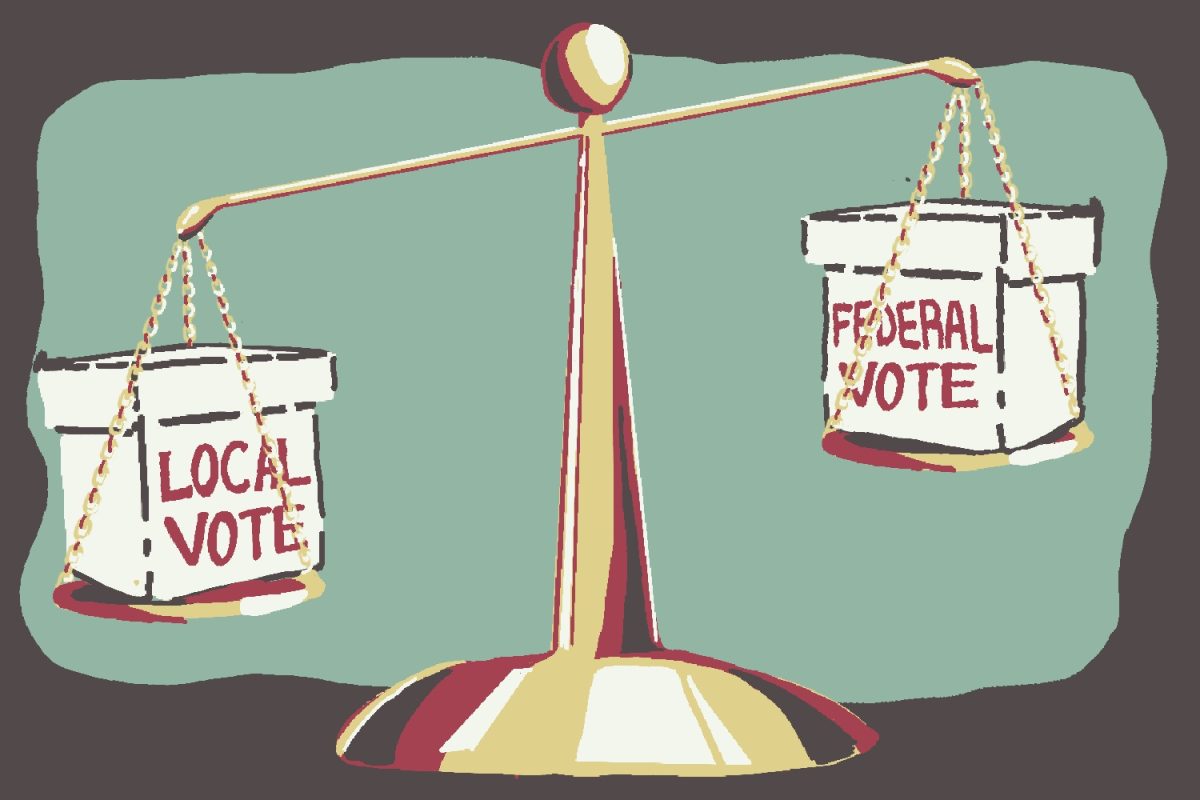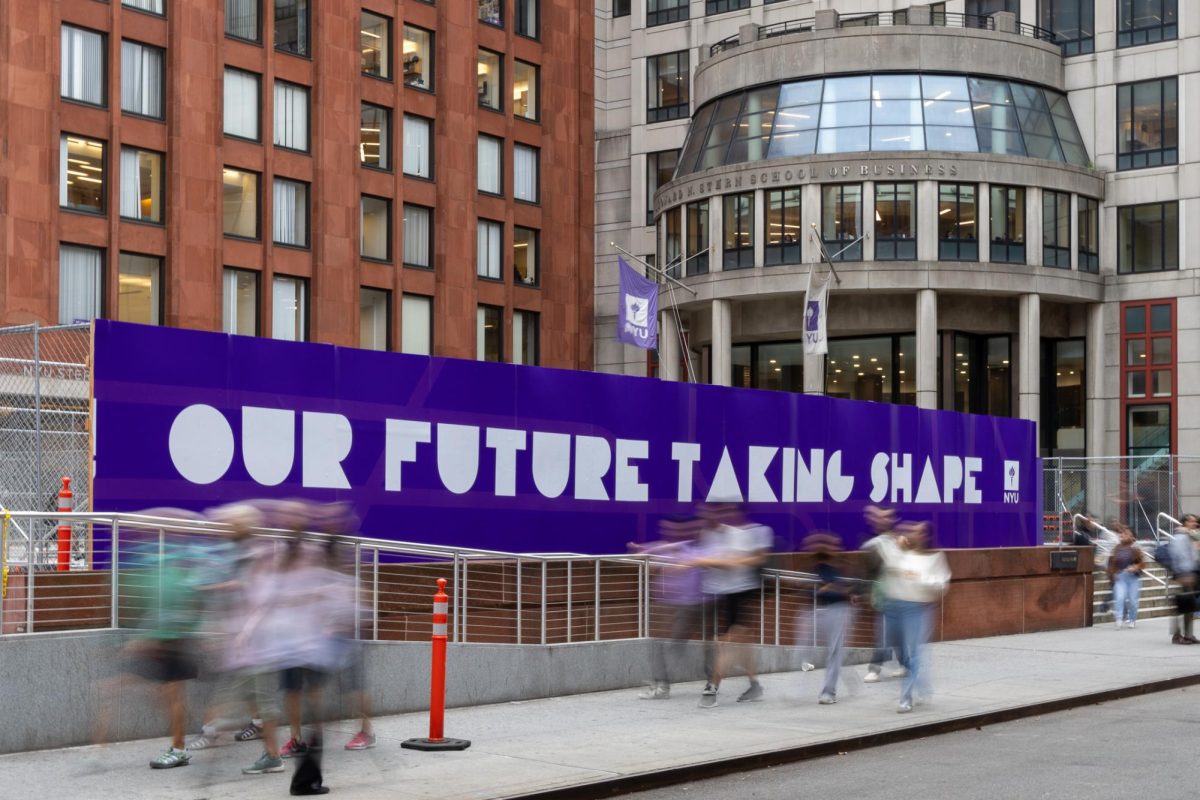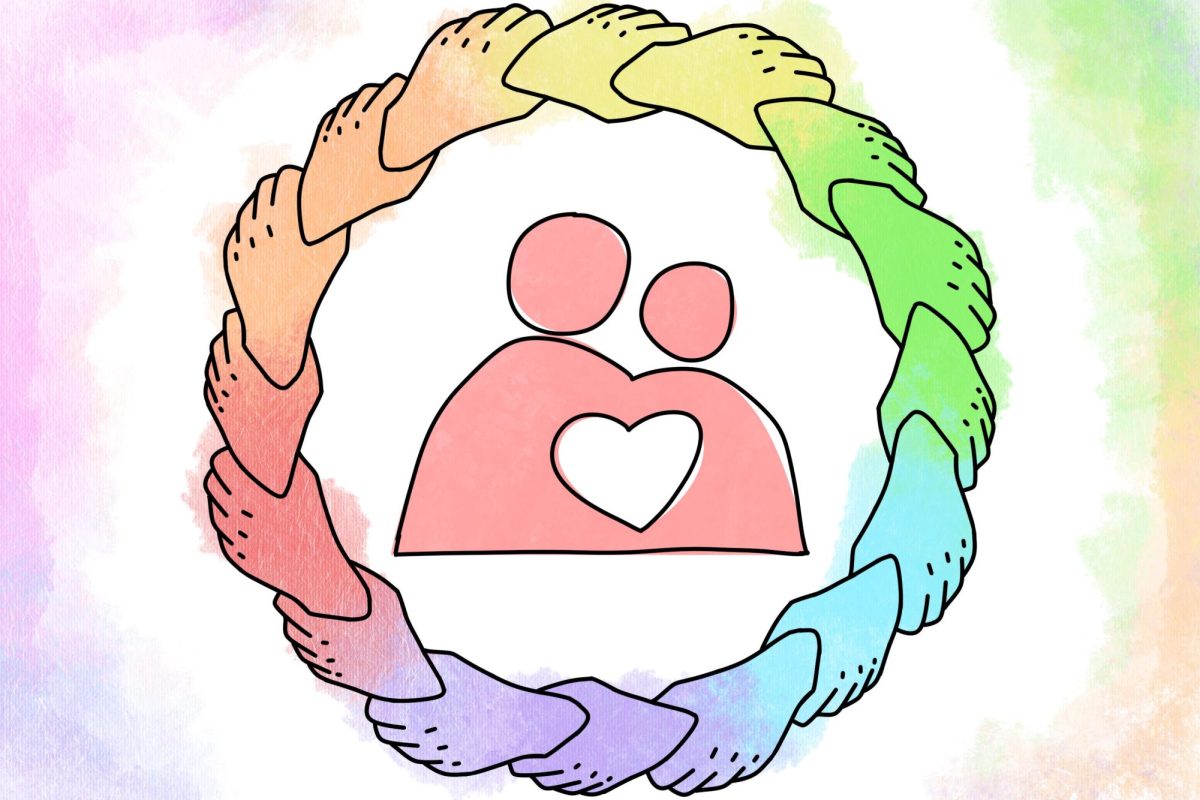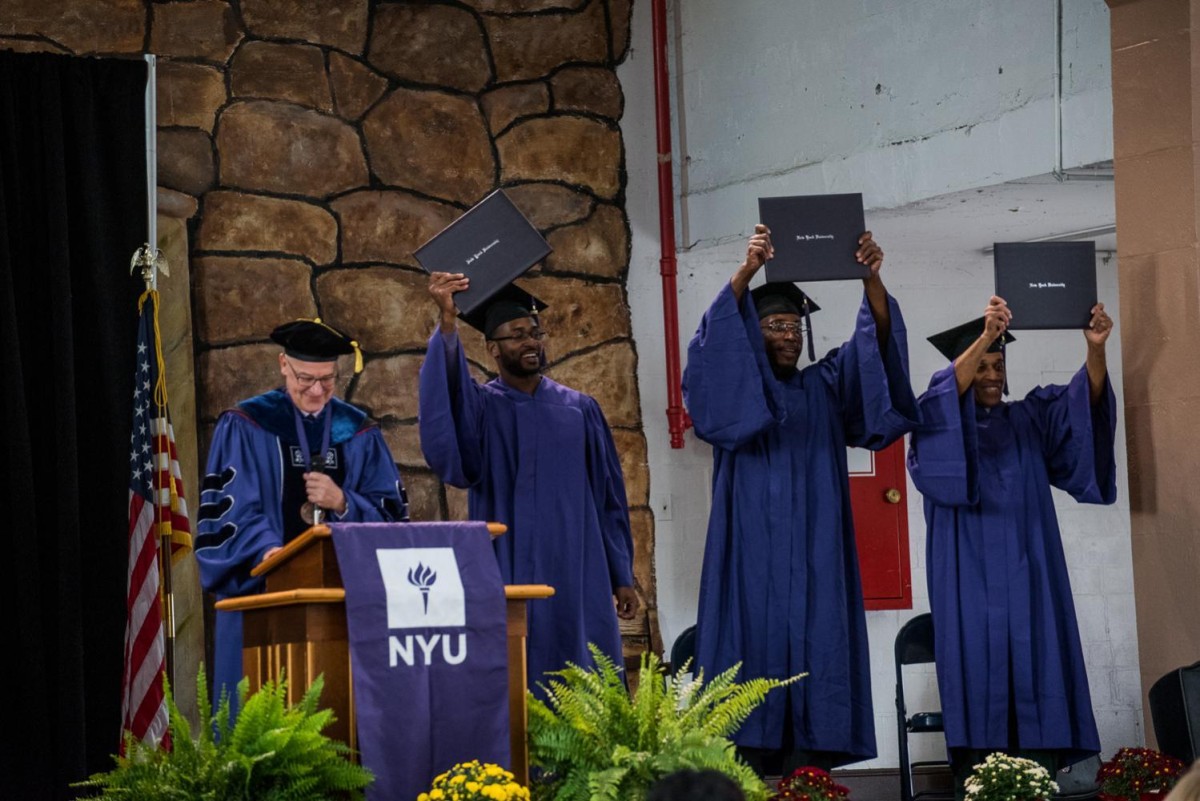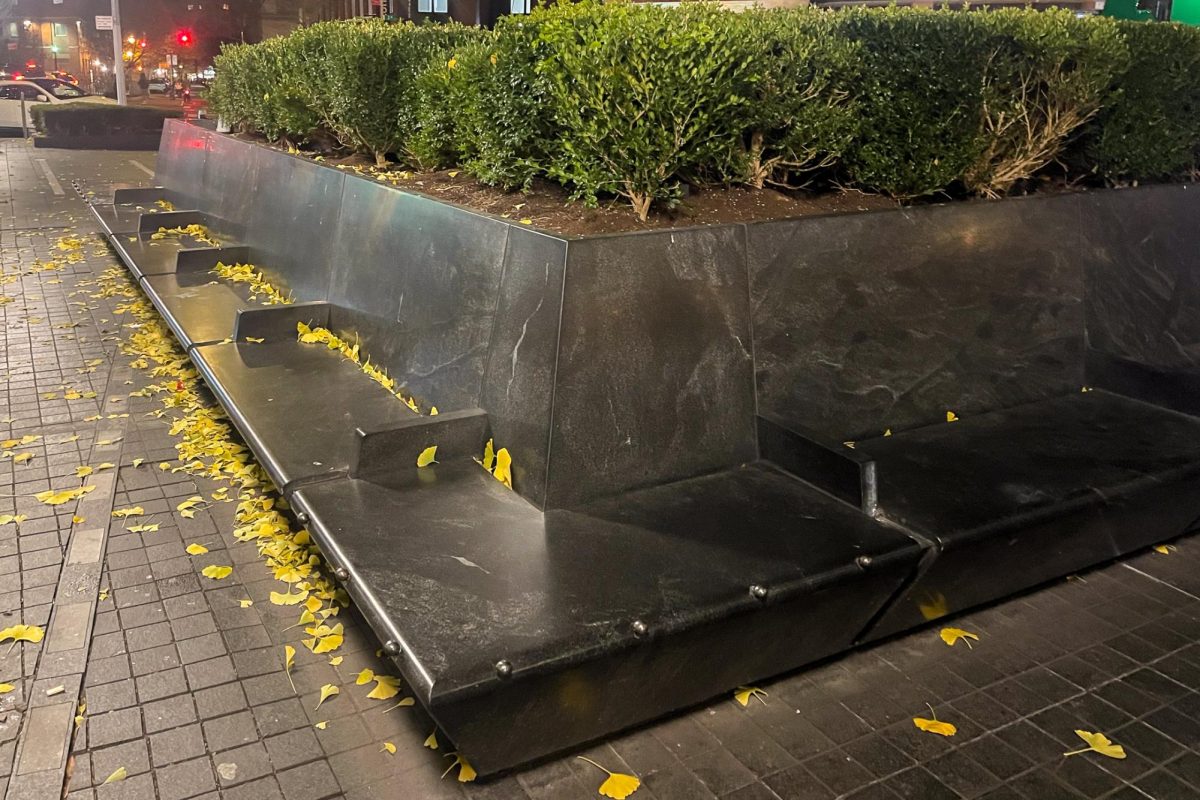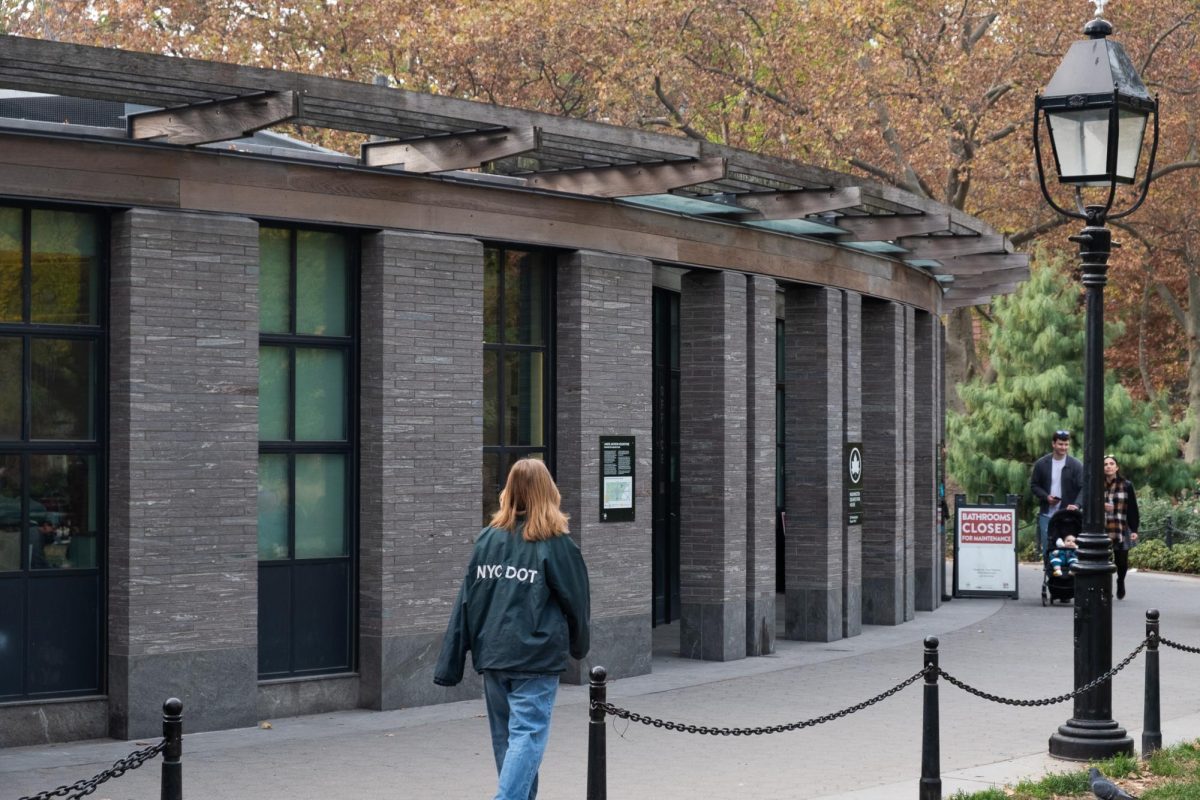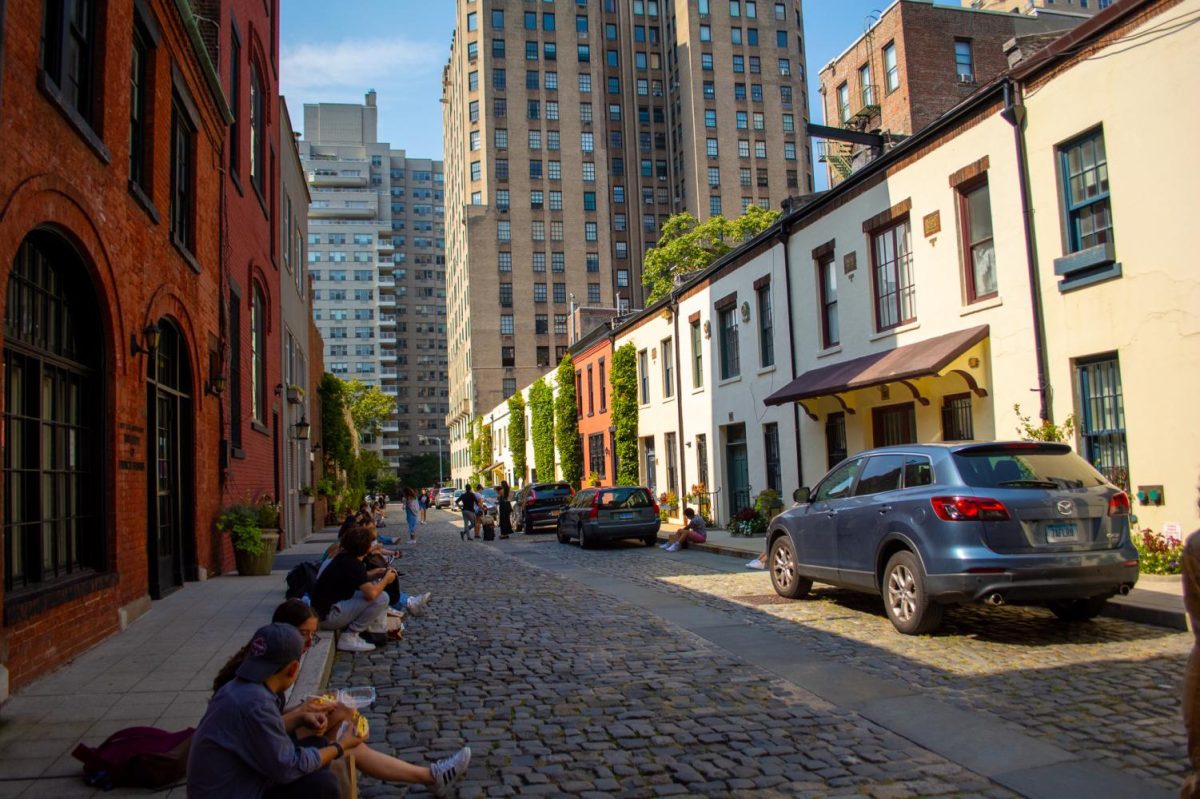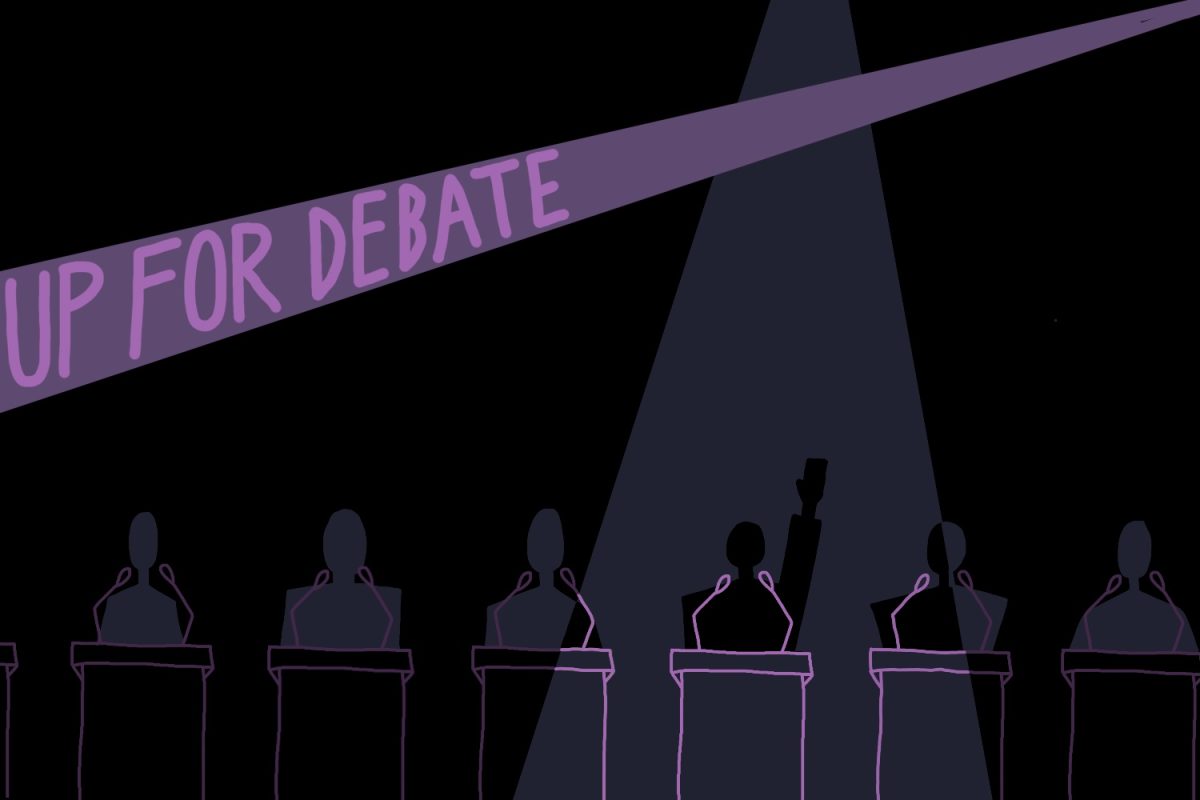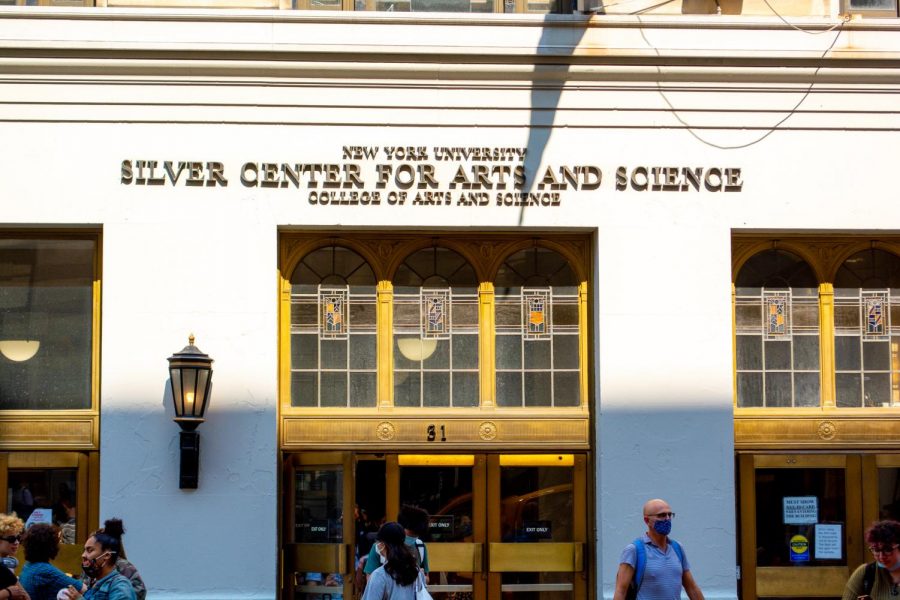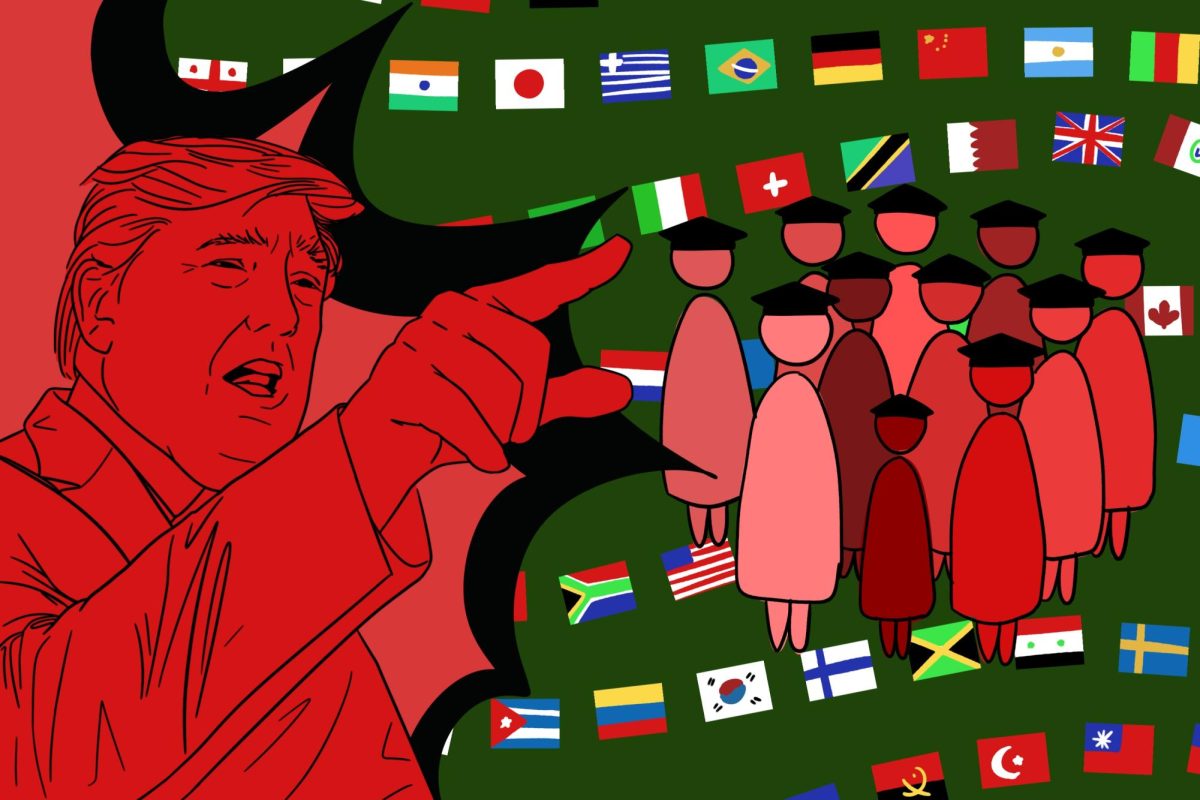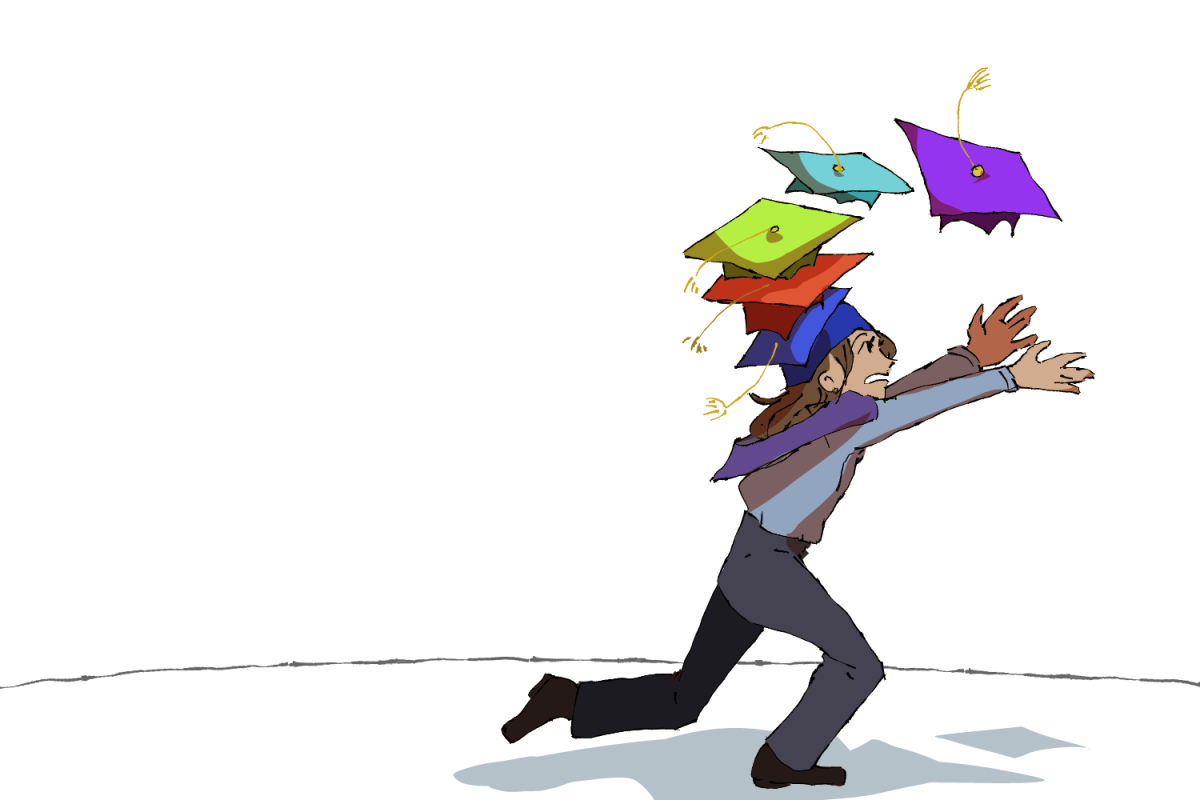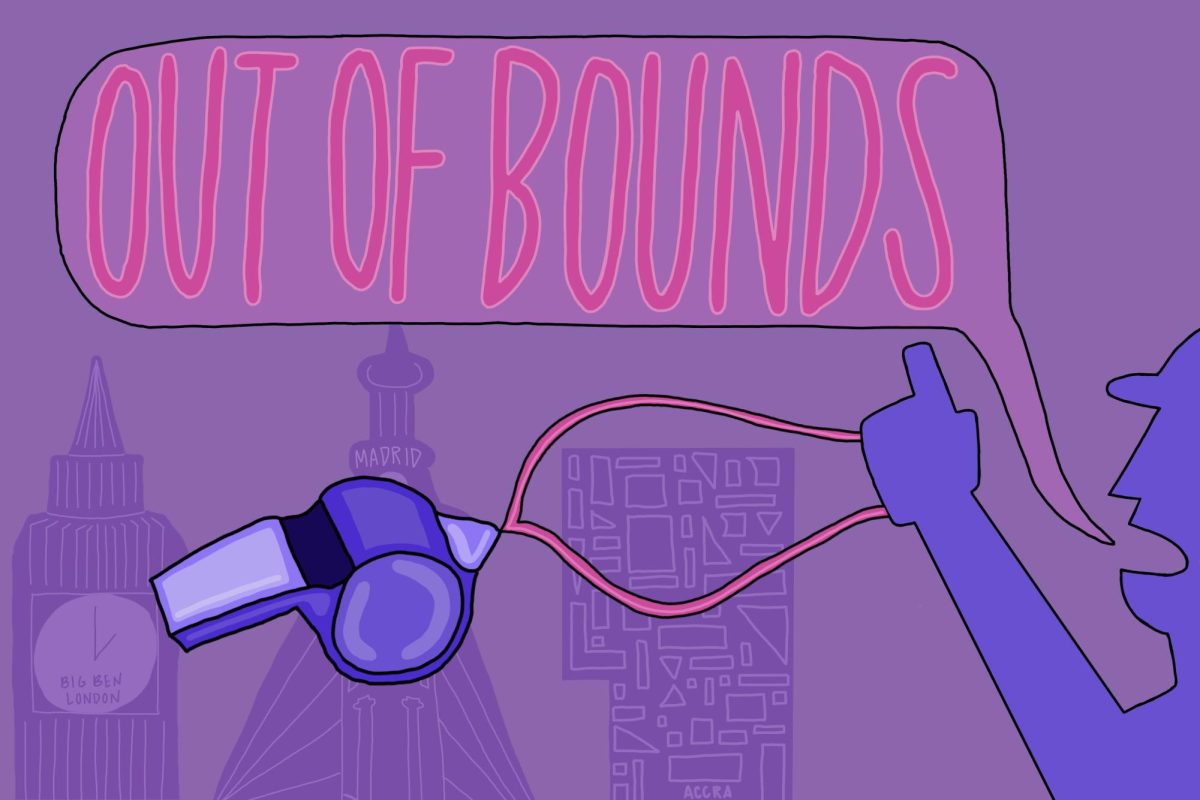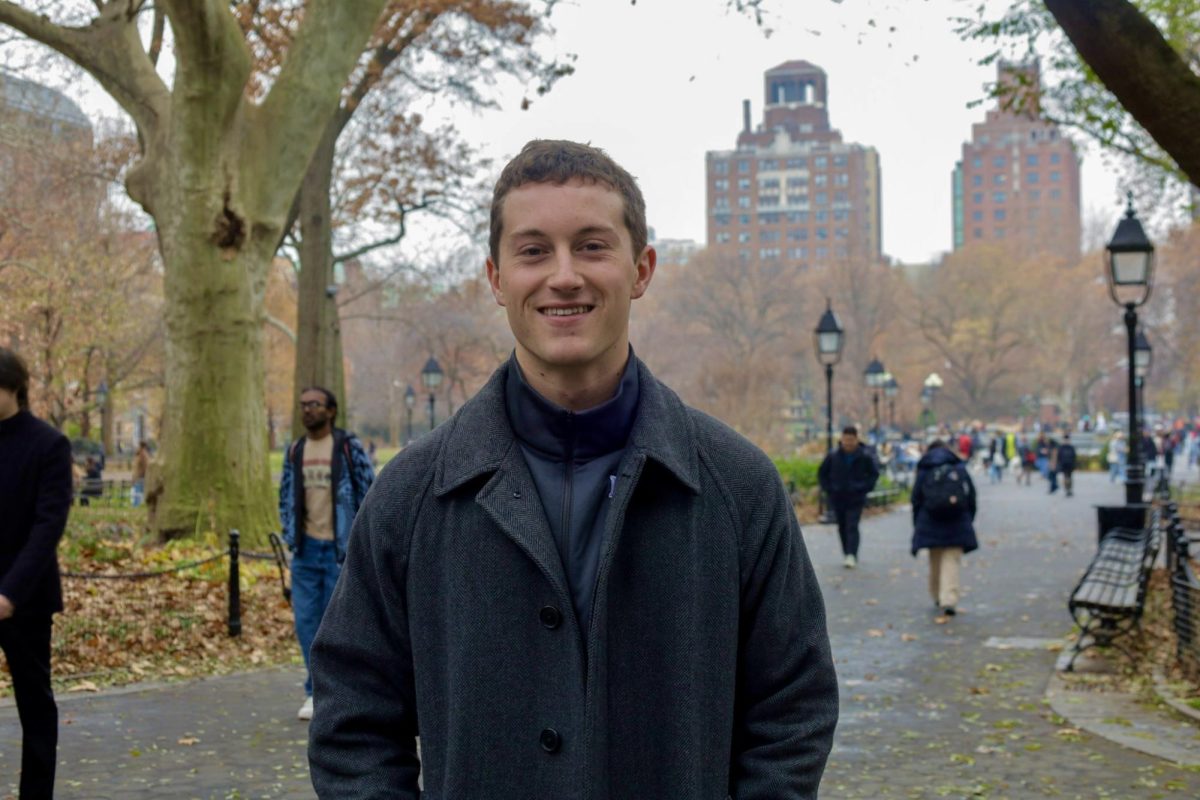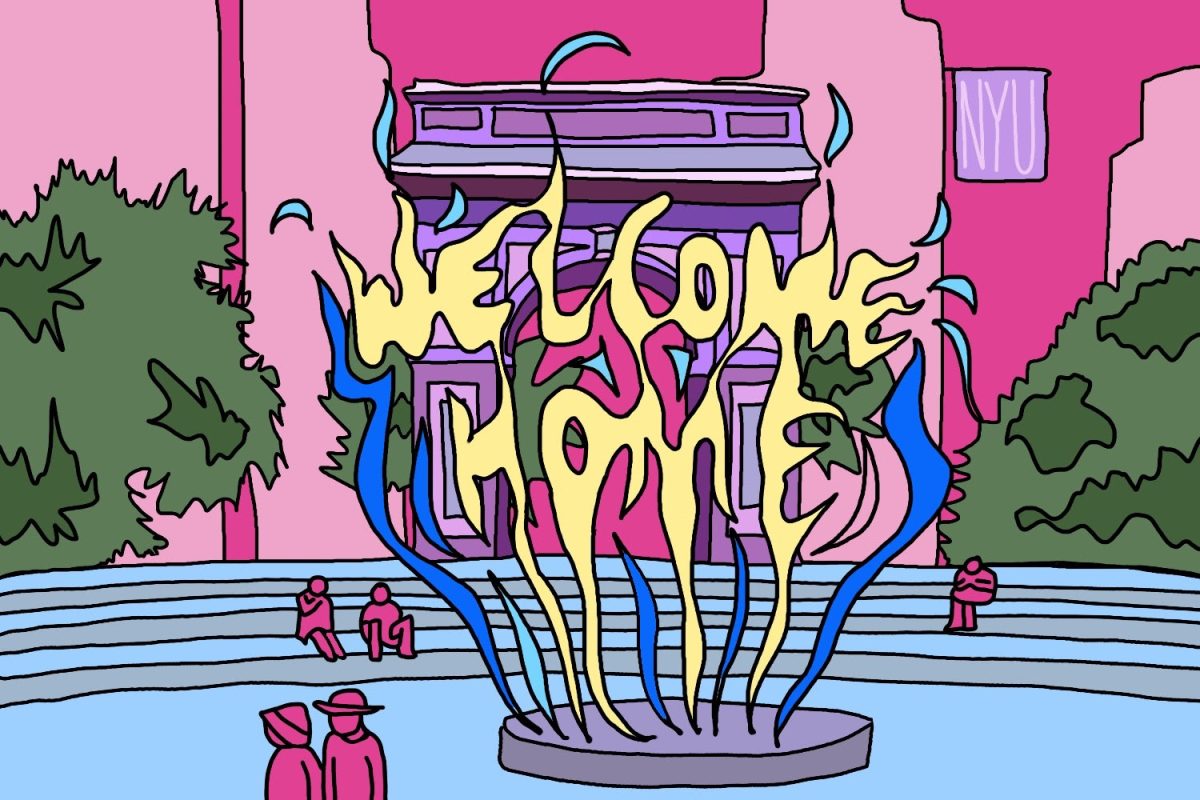Remember the time you were running late to class, and you just finished a yogurt but had no place to throw out the cup? Or maybe when you finished drinking a bottle of juice and could not find a recycling bin? If the yogurt or juice container were a WikiCell, you could have simply eaten the packaging
as well.
WikiCell is a form of edible packaging consisting of a nutritional skin that is much like that of an apple or a grape. Just as a grape’s skin can be eaten with its insides, the skin of the WikiCell does not have to be removed from its contents.
“WikiCell is a groundbreaking creation that not only protects the contents but adds nutritional value to what it is packaging,” said Robert Connelly, the chief executive officer of WikiCell Designs.
Indeed, the packaging adds flavor to the food while still being nutritious, as the skin is made up of seeds or other natural and healthy products. These particles mesh together to form a gel that contains only a tiny proportion of chitosan, a biochemical polymer. The gel stays together because the food particles are charged with ions of calcium and magnesium.
“This is a concept that has been years in the making,” Connelly said. “It was not until this year that we got technology to a point where we could actually produce it.”
Connelly worked as a part of a team that contributed to the development of the product. The inventor of the WikiCell idea is Dr. David Edwards, a Harvard professor. His other work includes innovative ways of treating diseases and different, efficient and environmentally friendly ways of eating.
WikiCell products certainly achieve those goals, as the packaging is made of natural products rather than plastic. In this way, the food is portable, and WikiCell is taking part in the conservation movement.
“I like that WikiCell foods are good for both the environment and my body,” said Steinhardt freshman Amanda Gisella Wijaya, who is taking Nutrition and Food courses. “Less trash and less worry about the freshman 15.”
The major difference between WikiCells and other products with edible packaging is that WikiCells have a longer shelf life. These characteristics, in addition to the fact that no plastic or cardboard is used, make WikiCells so appealing.
“The response we’ve had is amazing,” Connelly added. “Food manufacturers and companies are coming to us because it is a way for them to differentiate themselves in
the industry.”
WikiCell has already won the prestigious Special Jury Award for Innovation at the Salon International de l’Alimentation Paris, the leading global food industry conference. WikiCell hopes to have its products in both supermarkets like Whole Foods and shops like Starbucks by 2013.
A version of this article appeared in the Tuesday, Nov. 13 print edition. Jennifer Lu is a contributing writer. Email her at [email protected].





